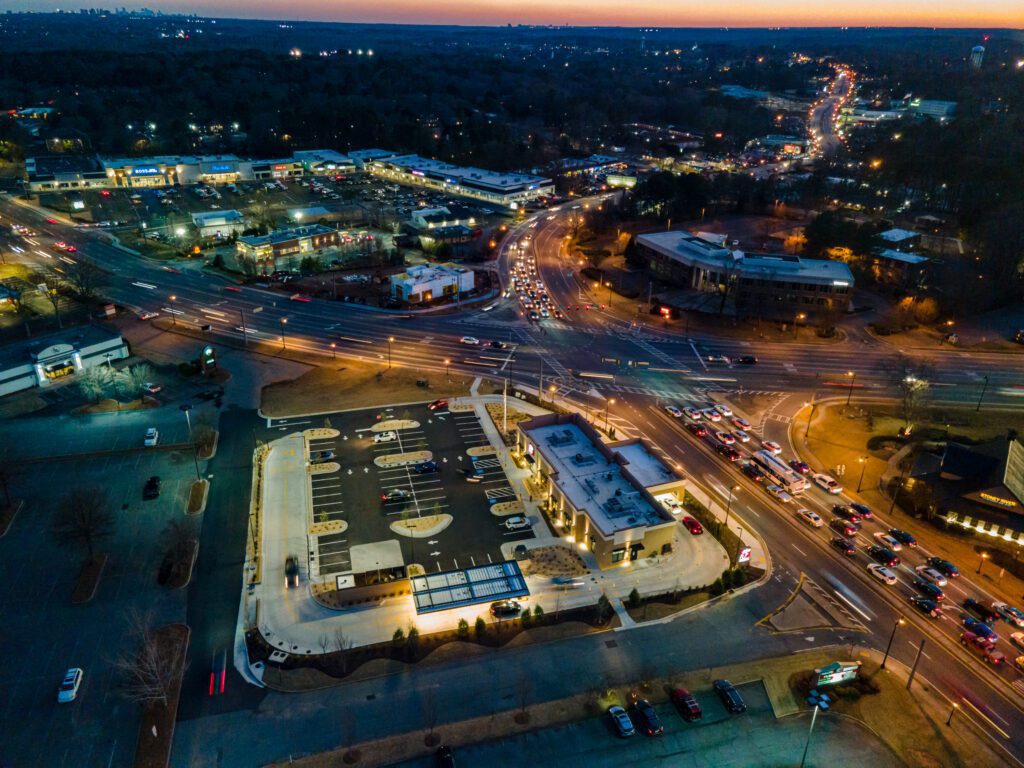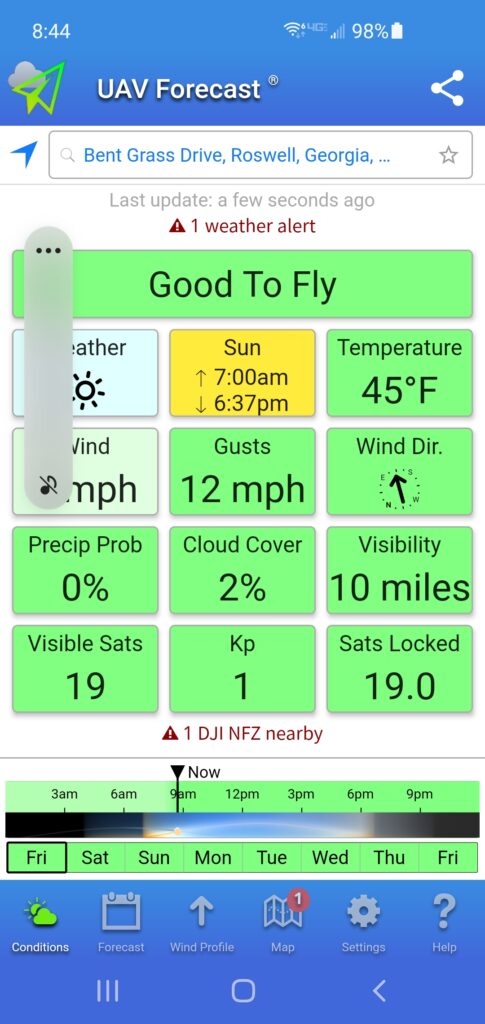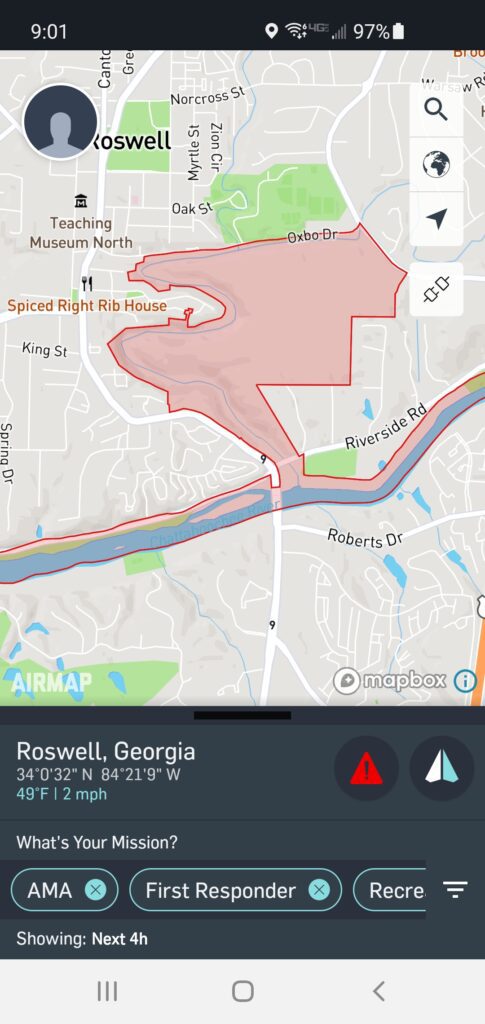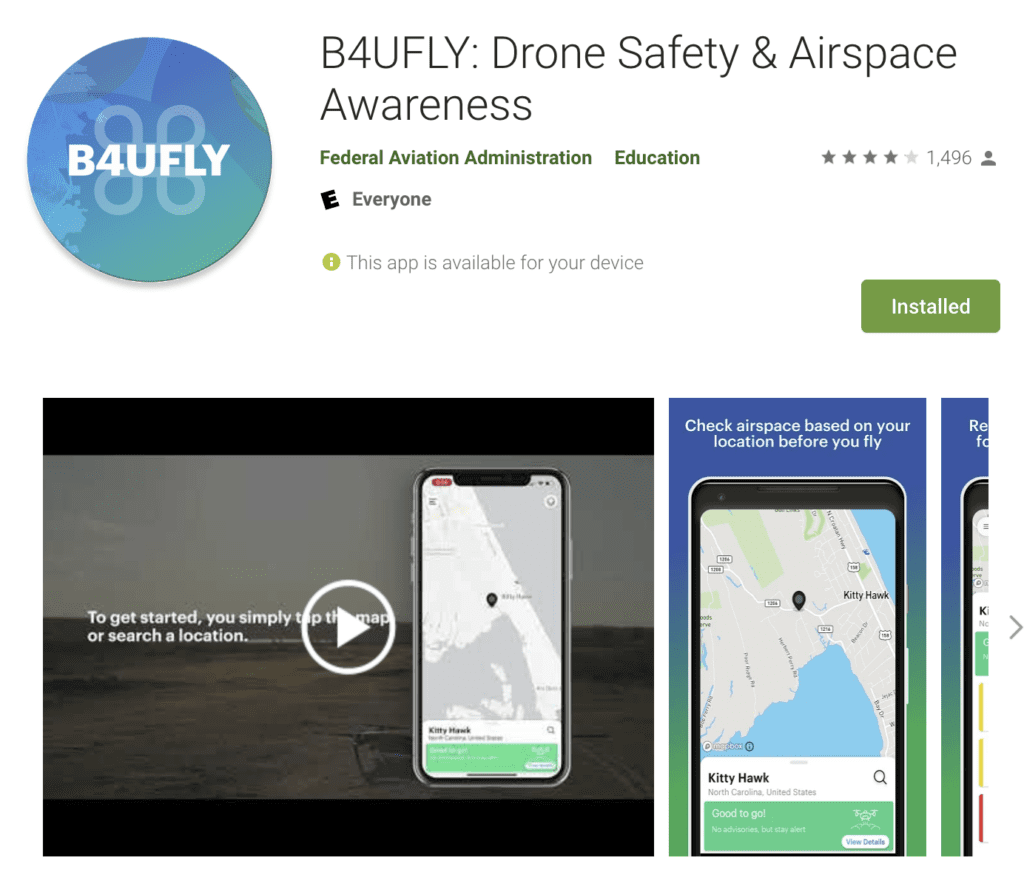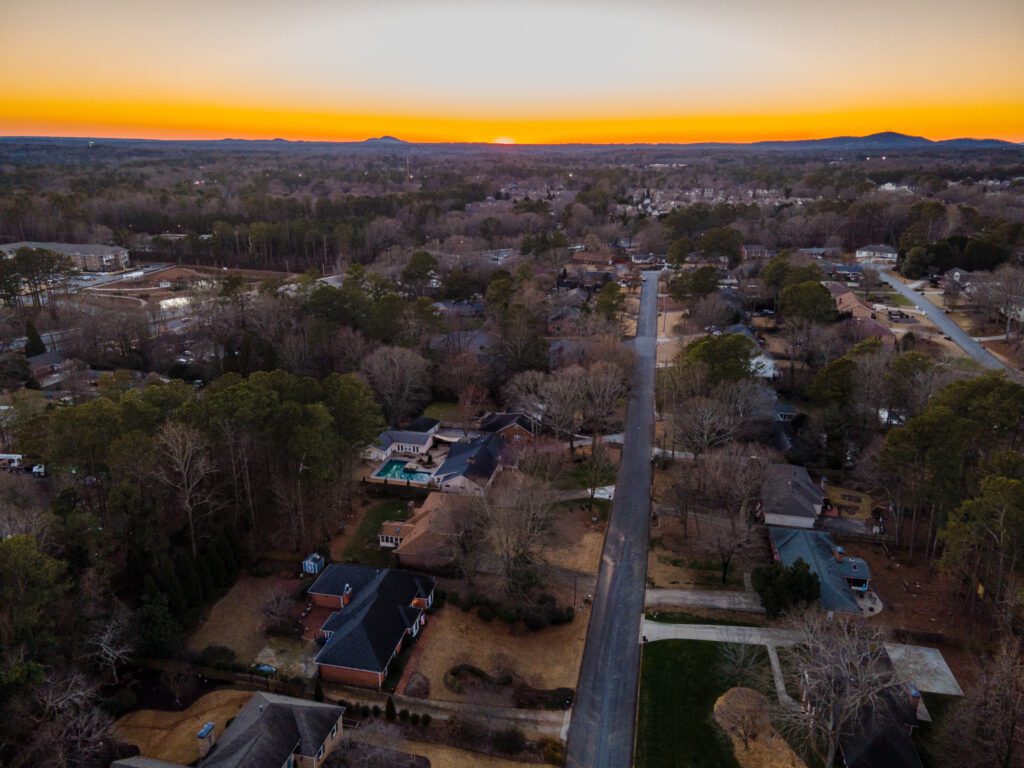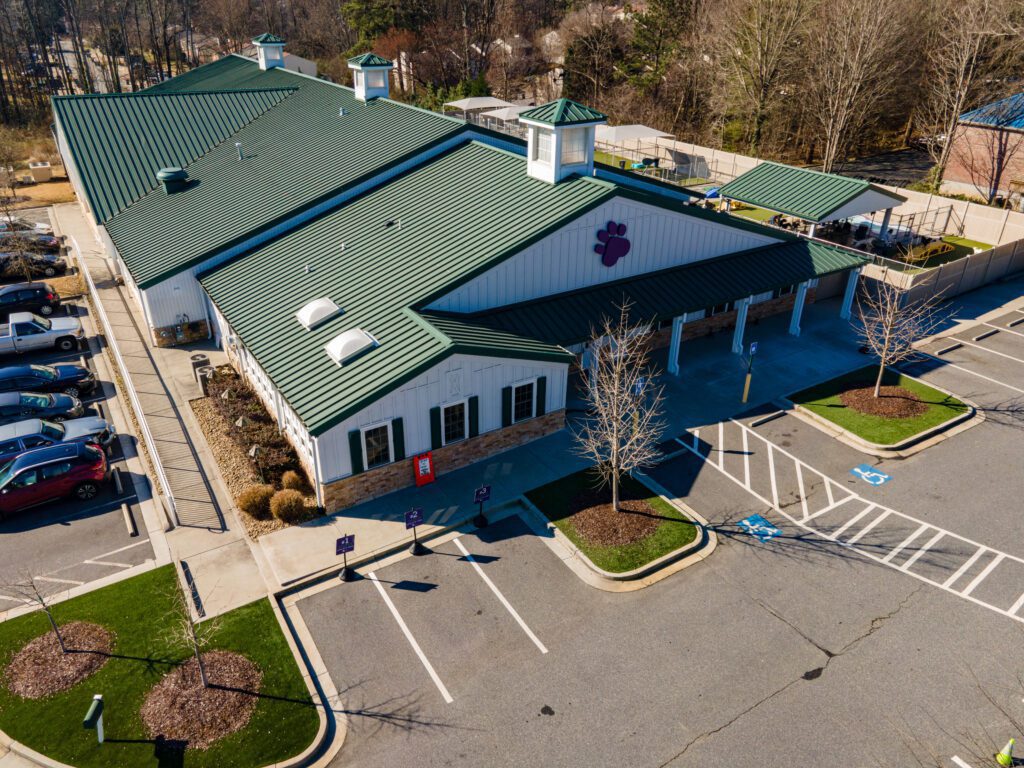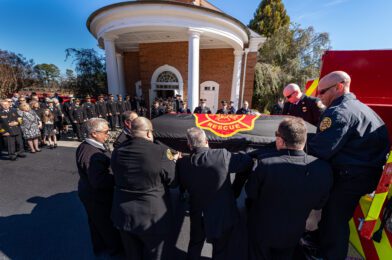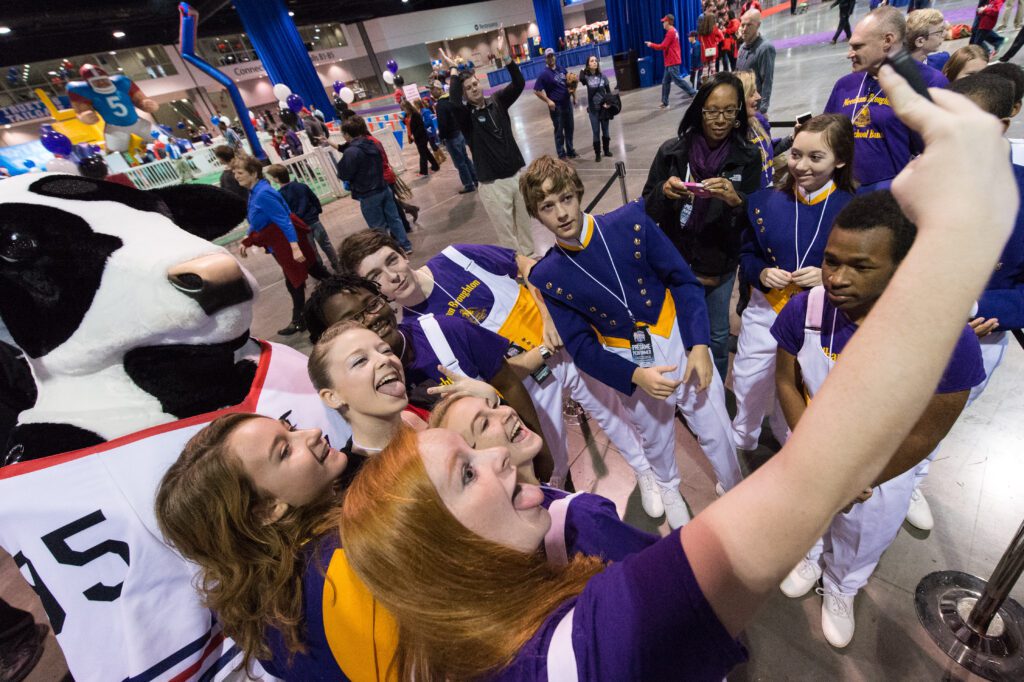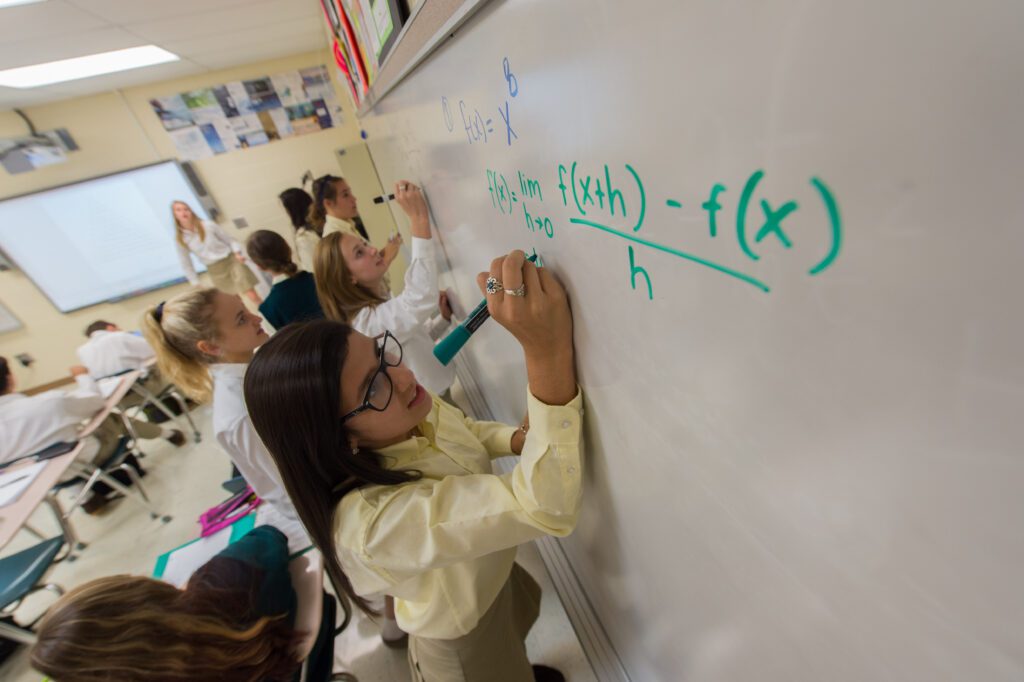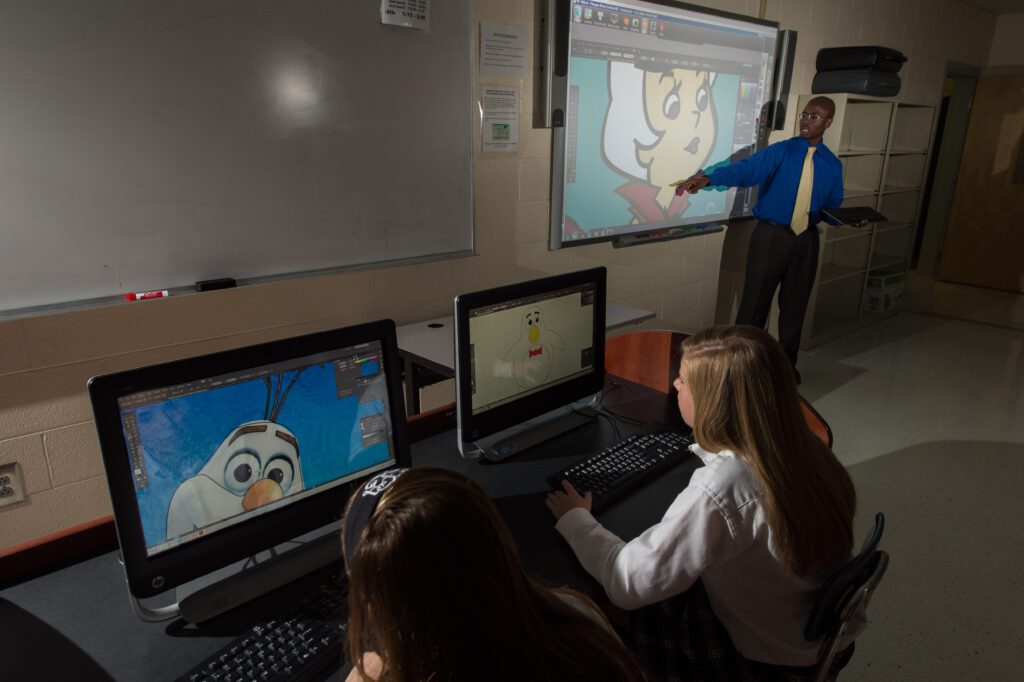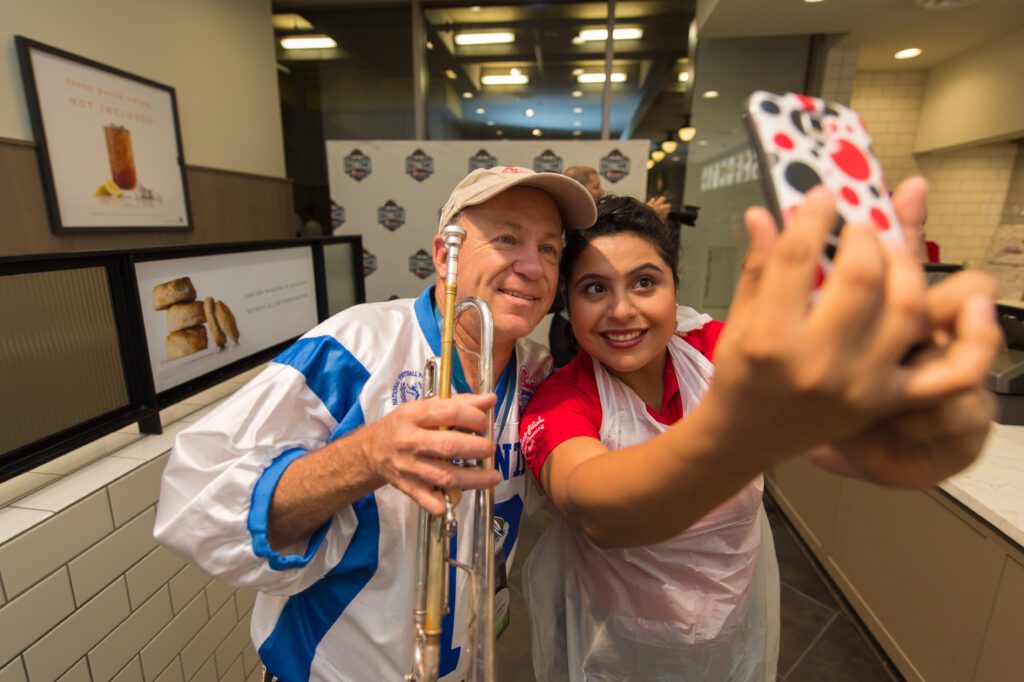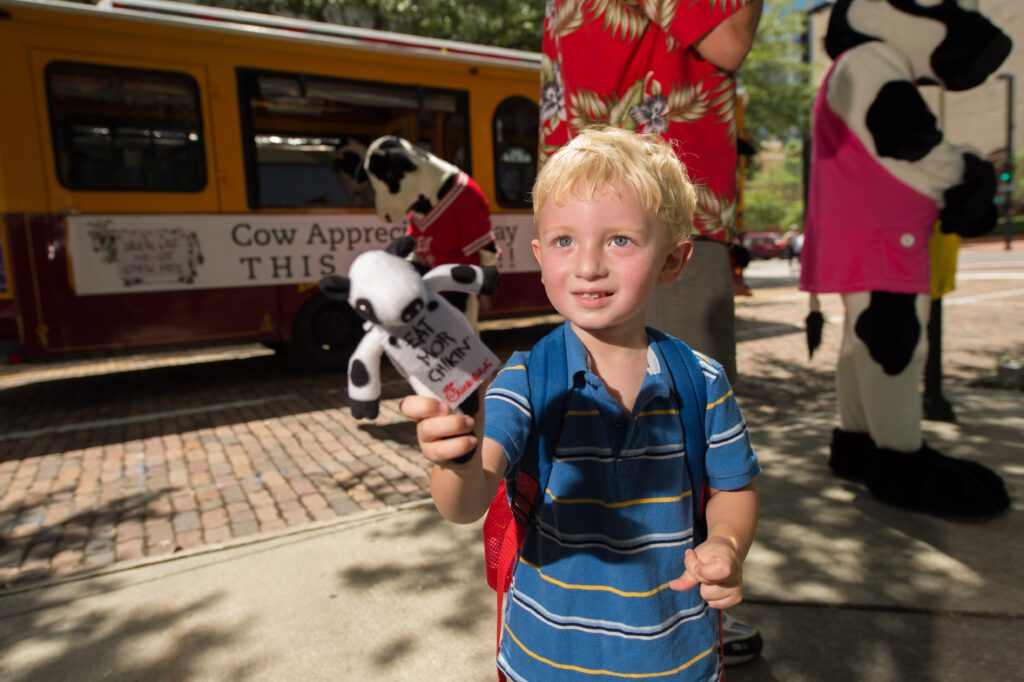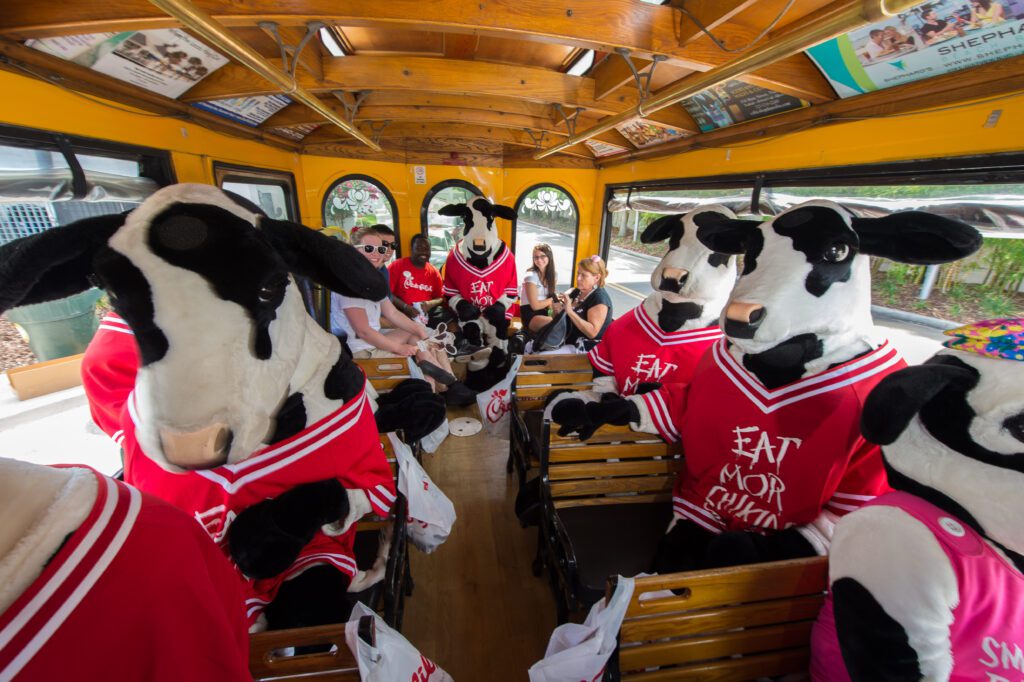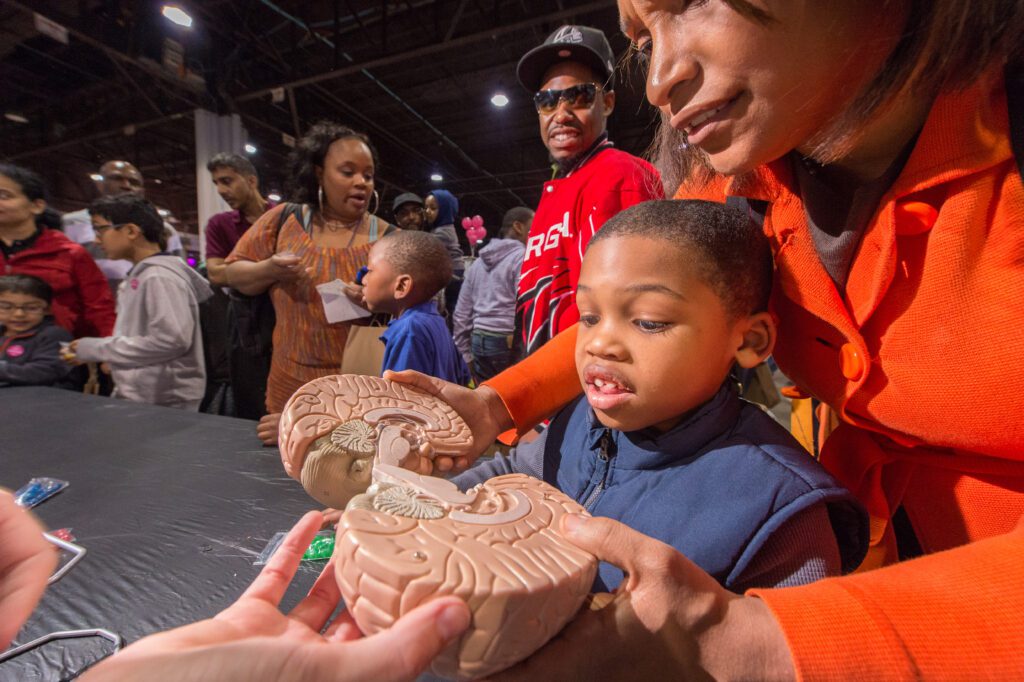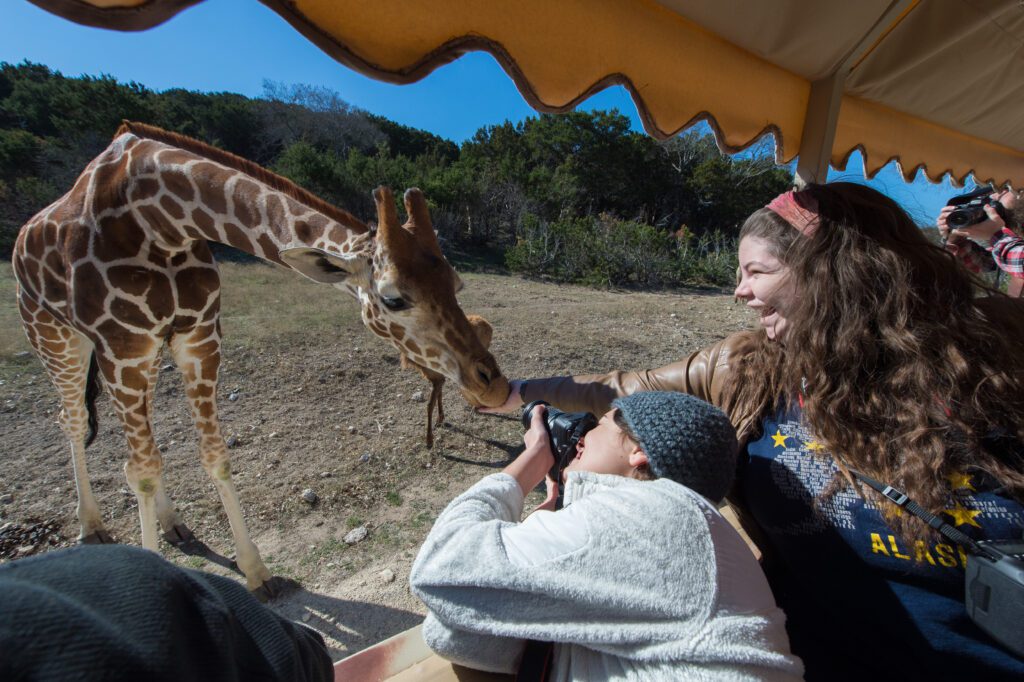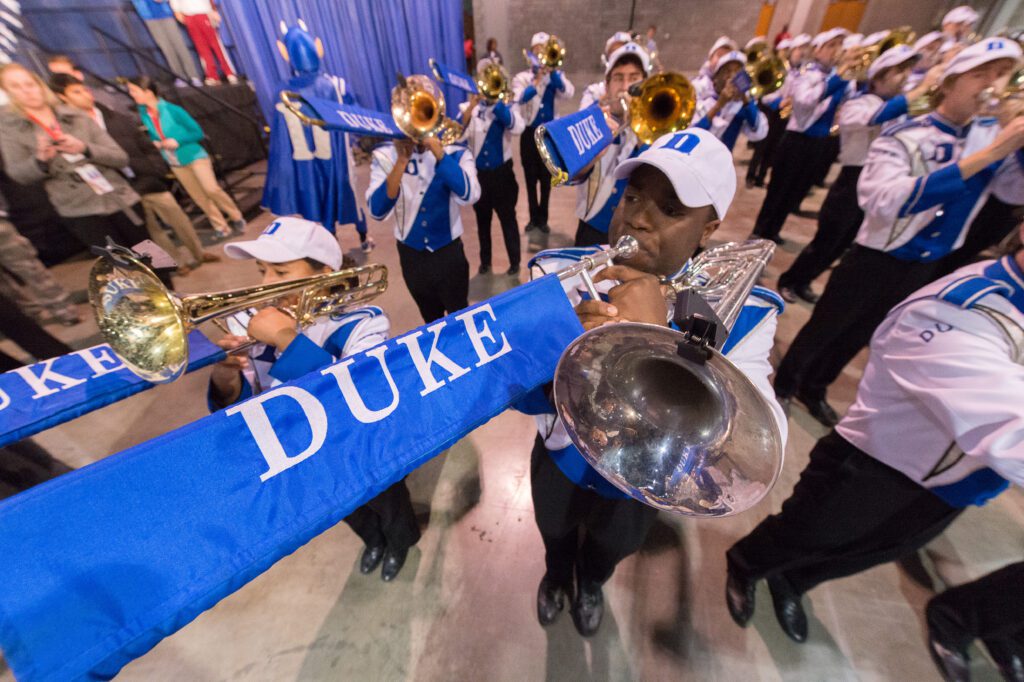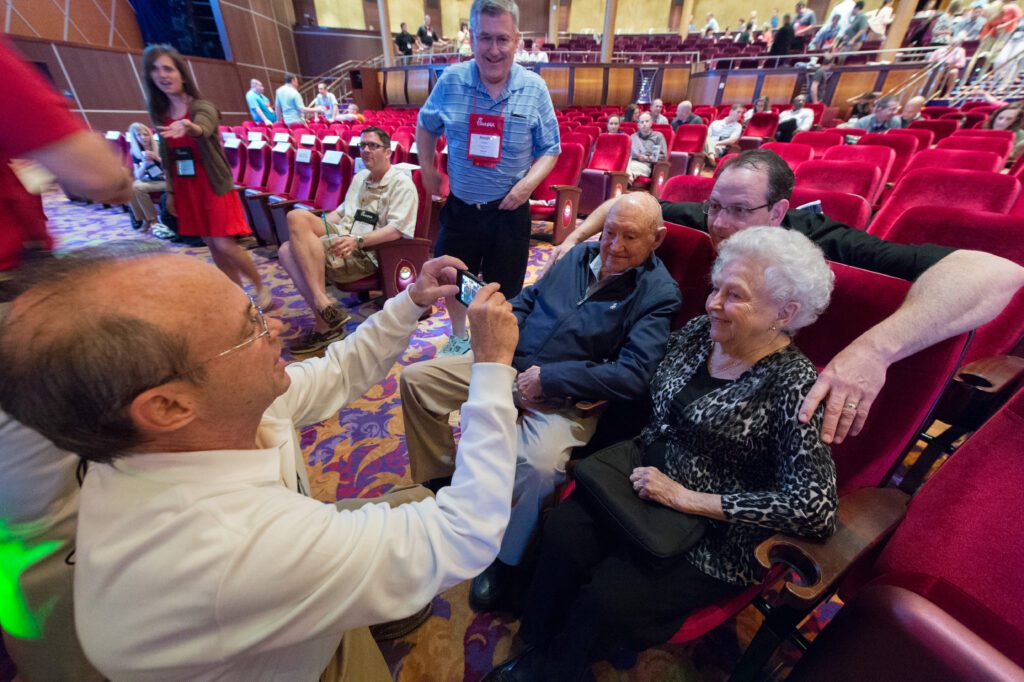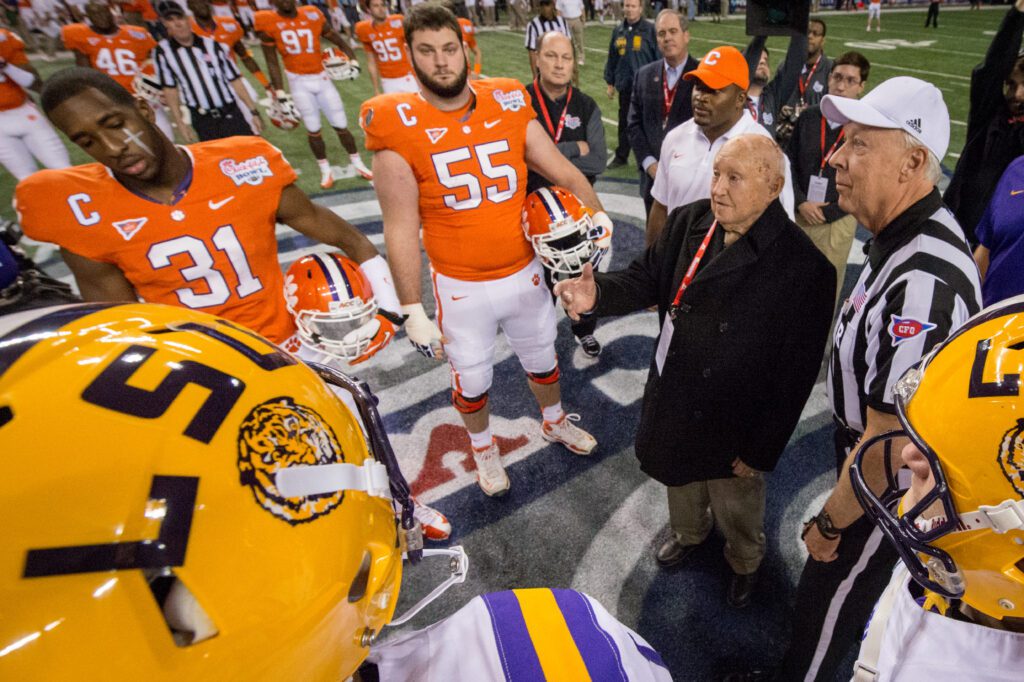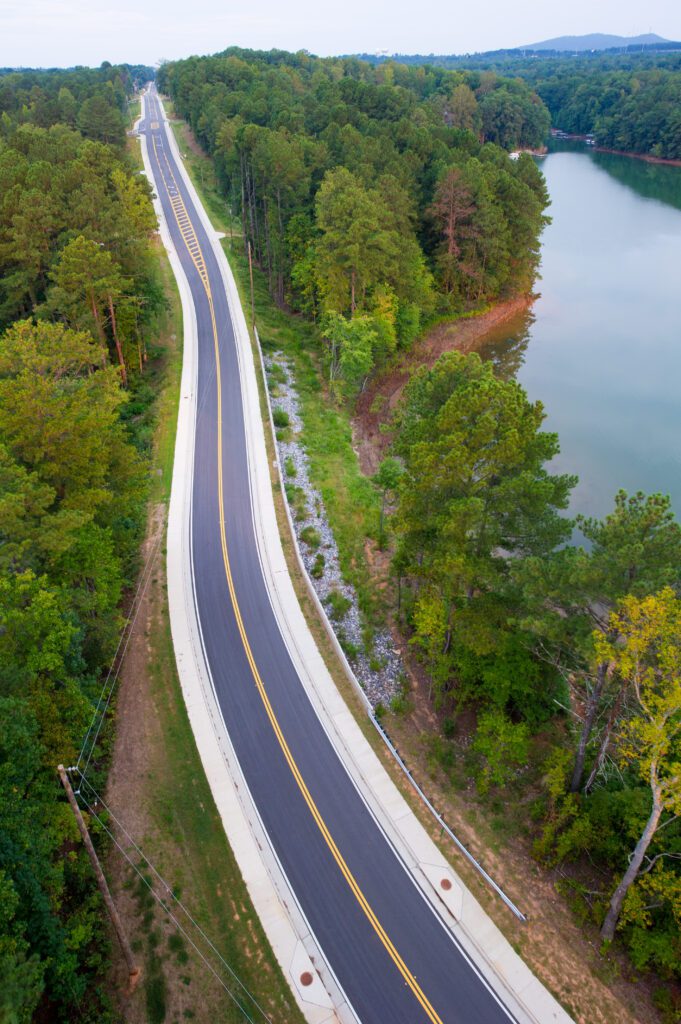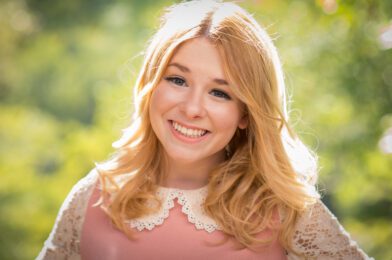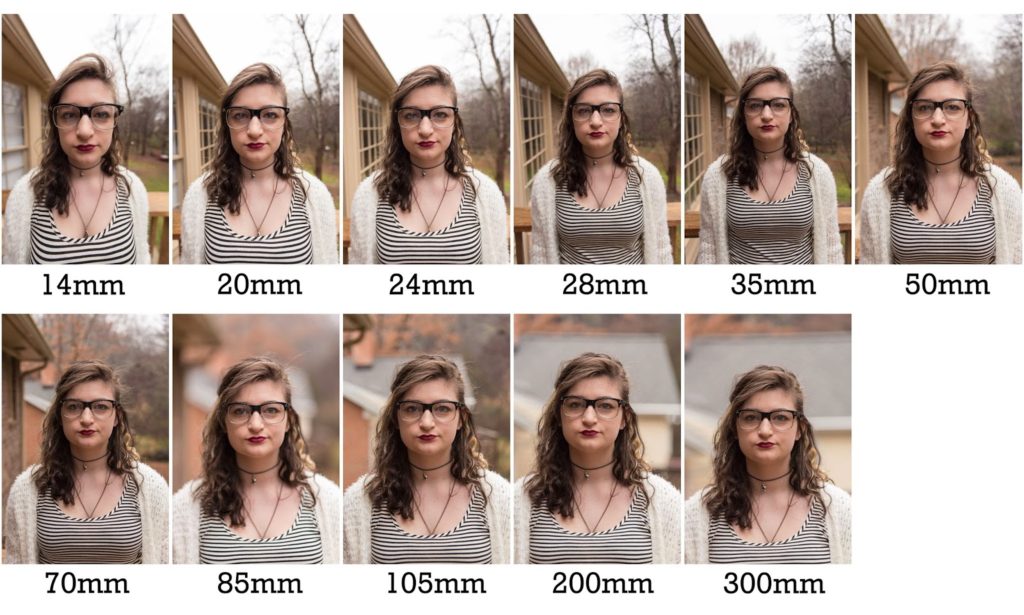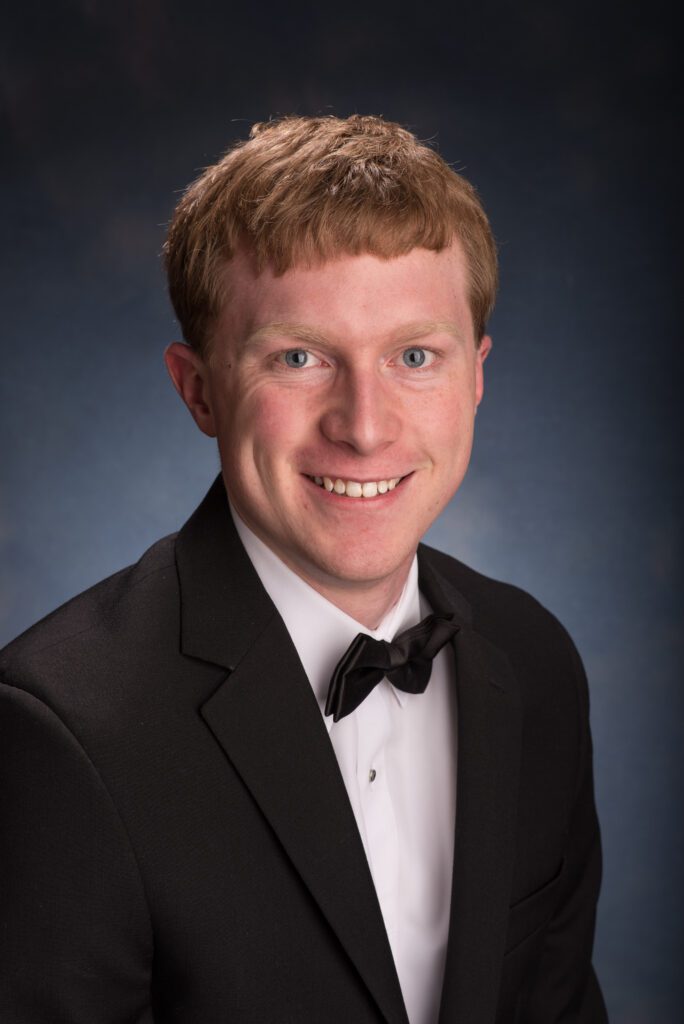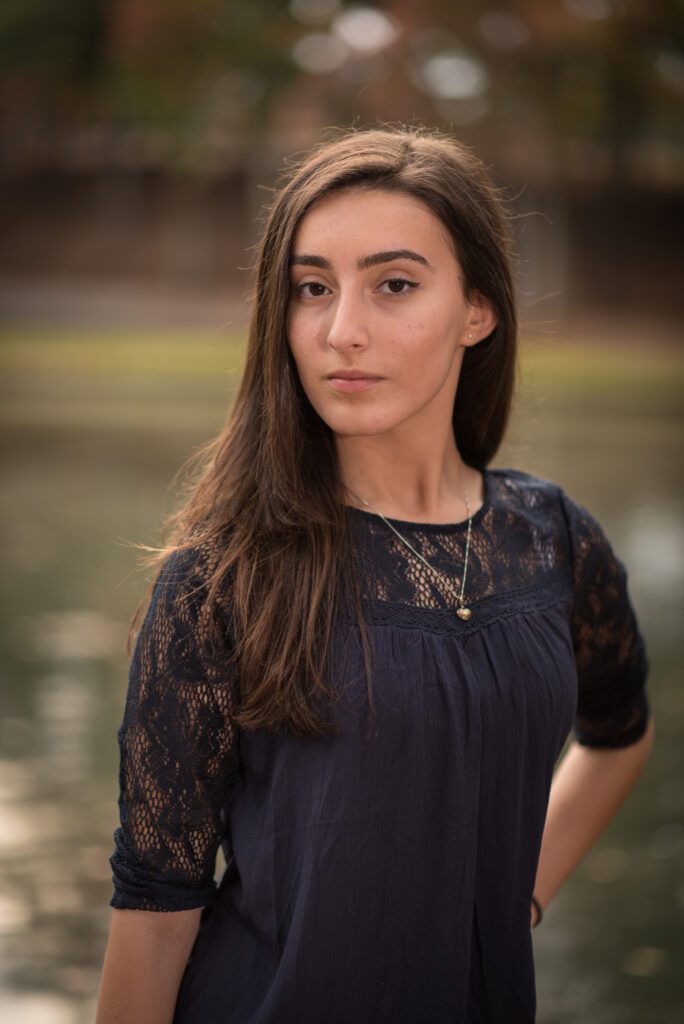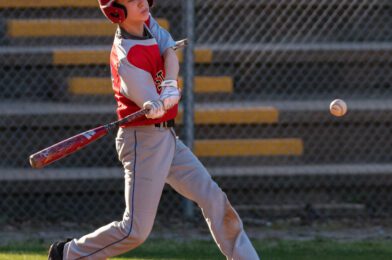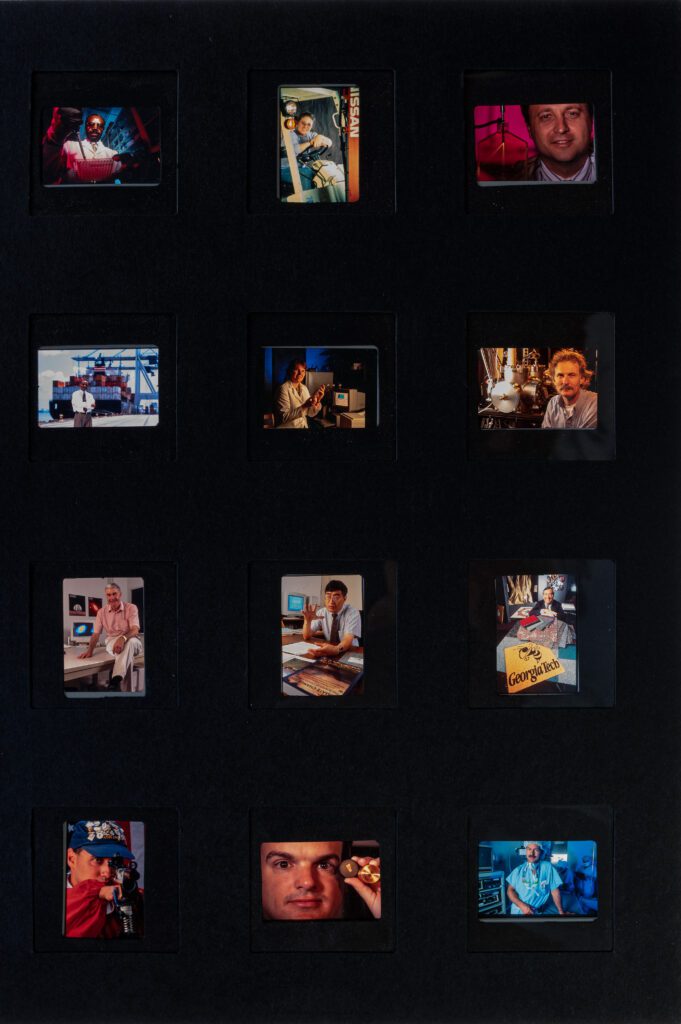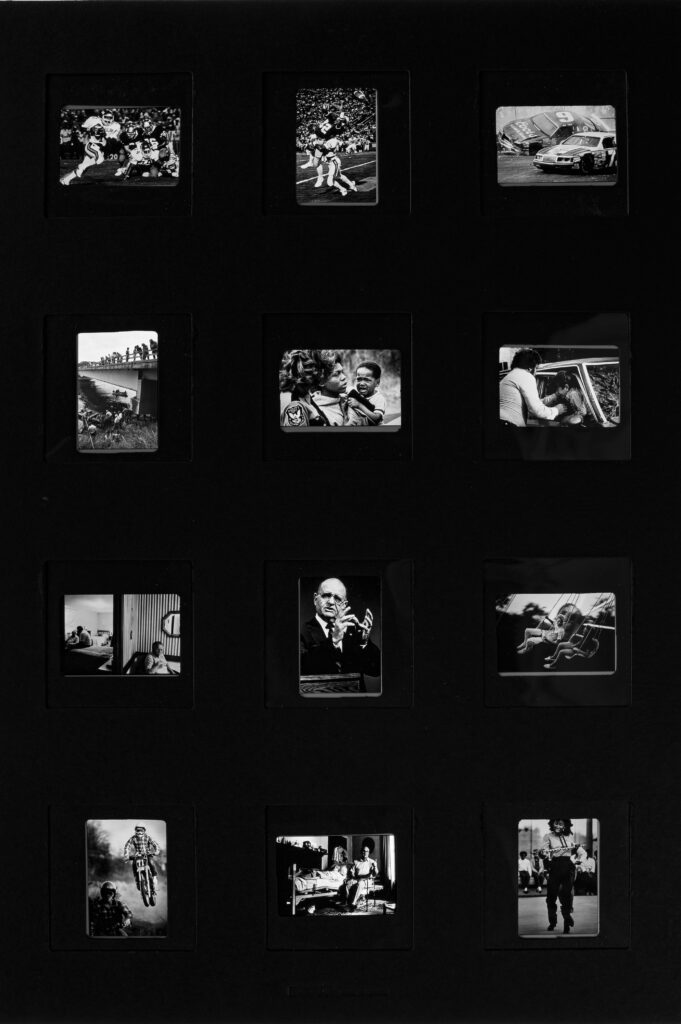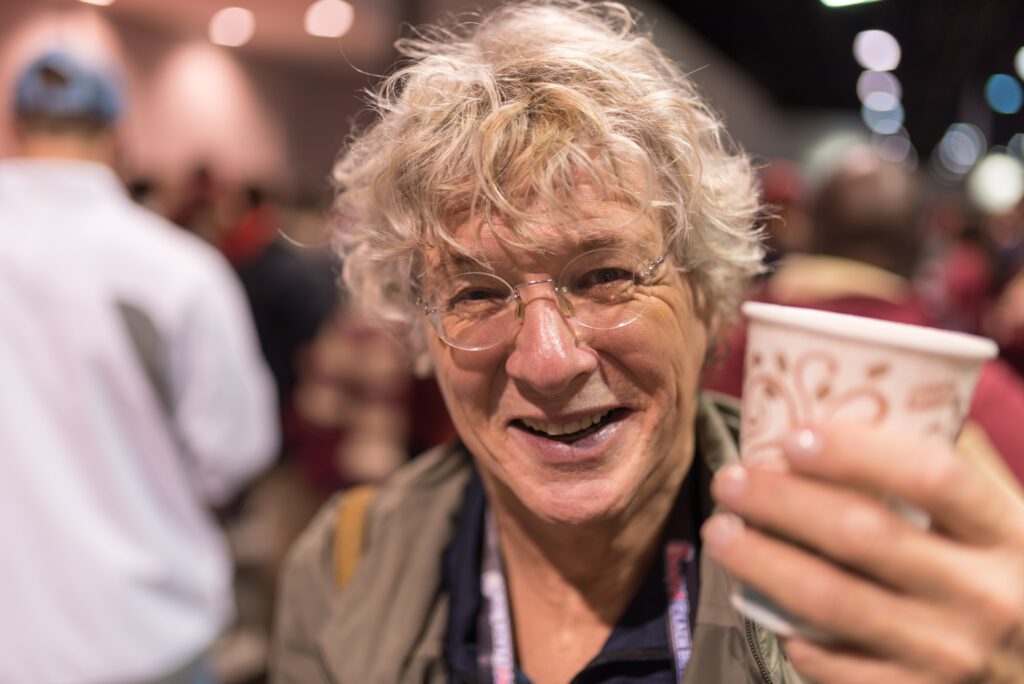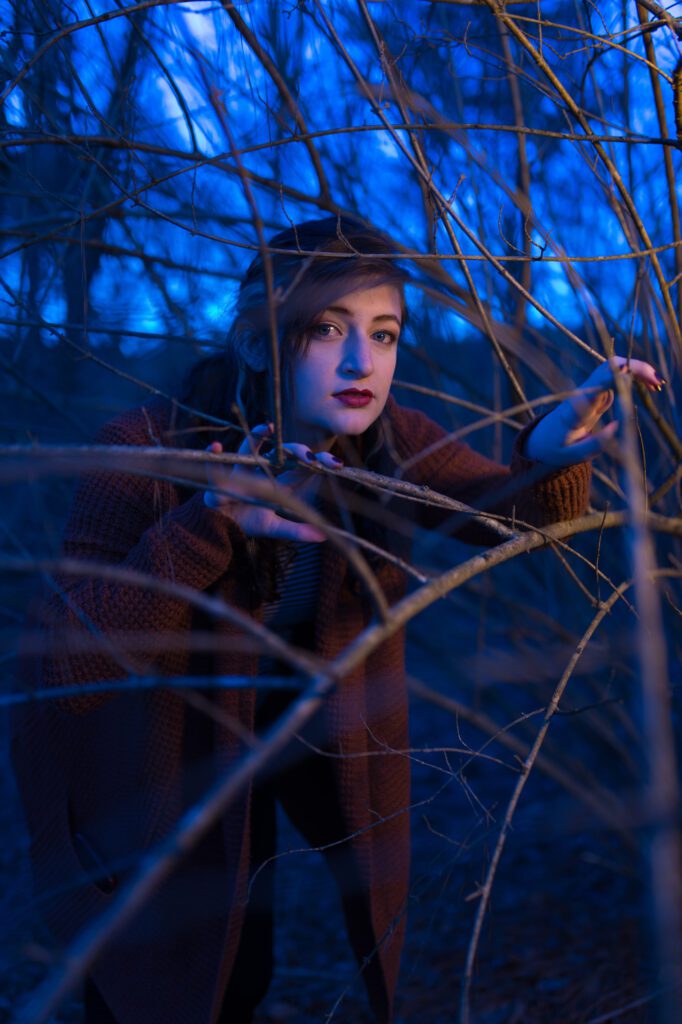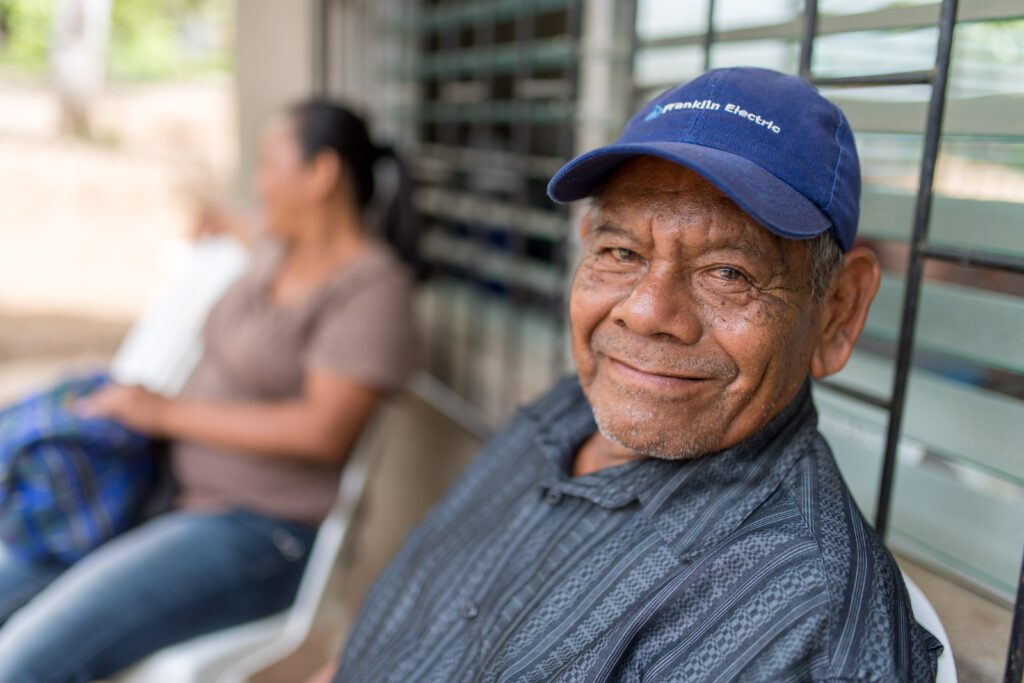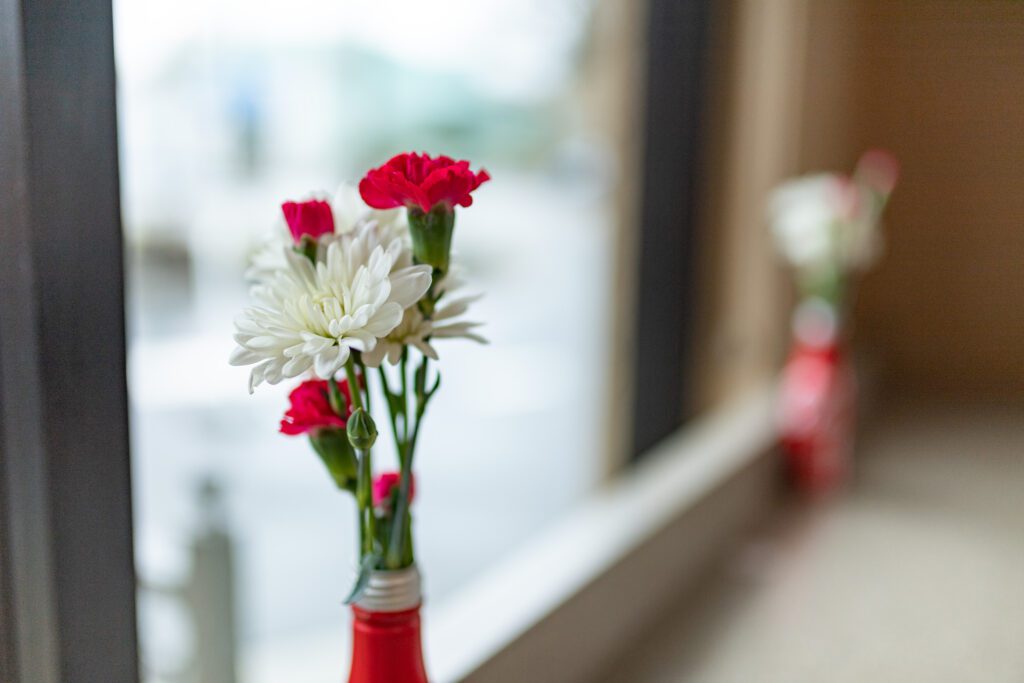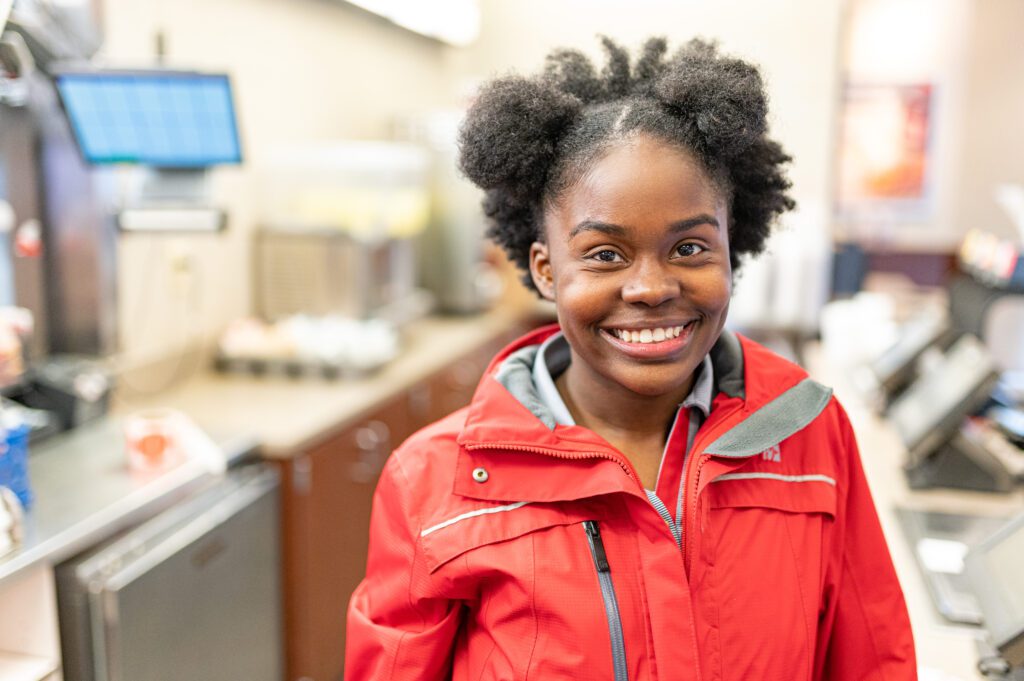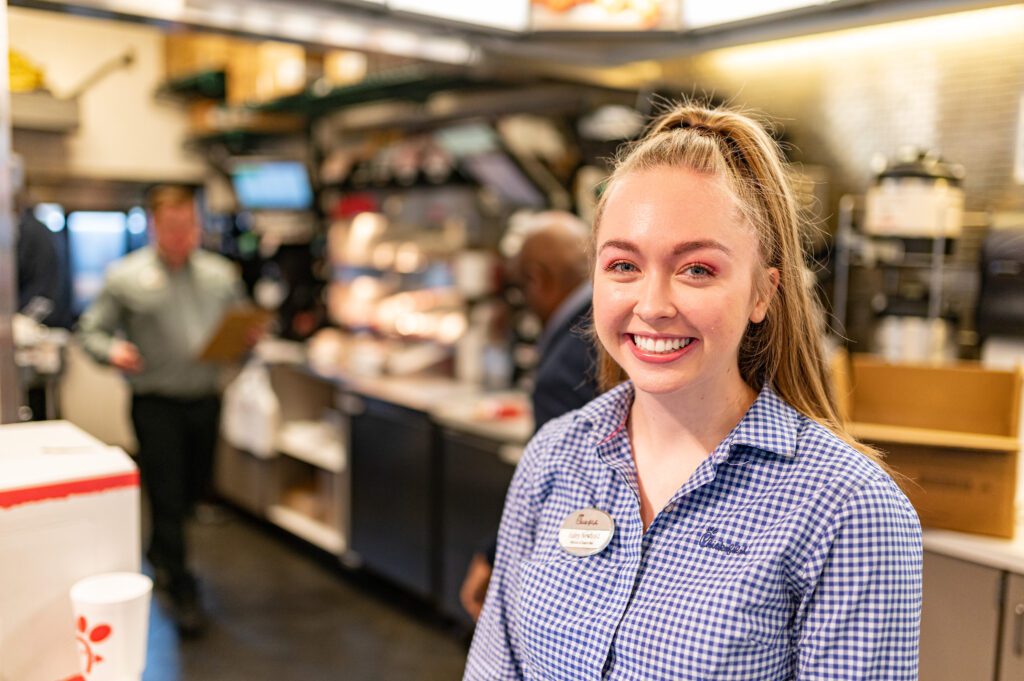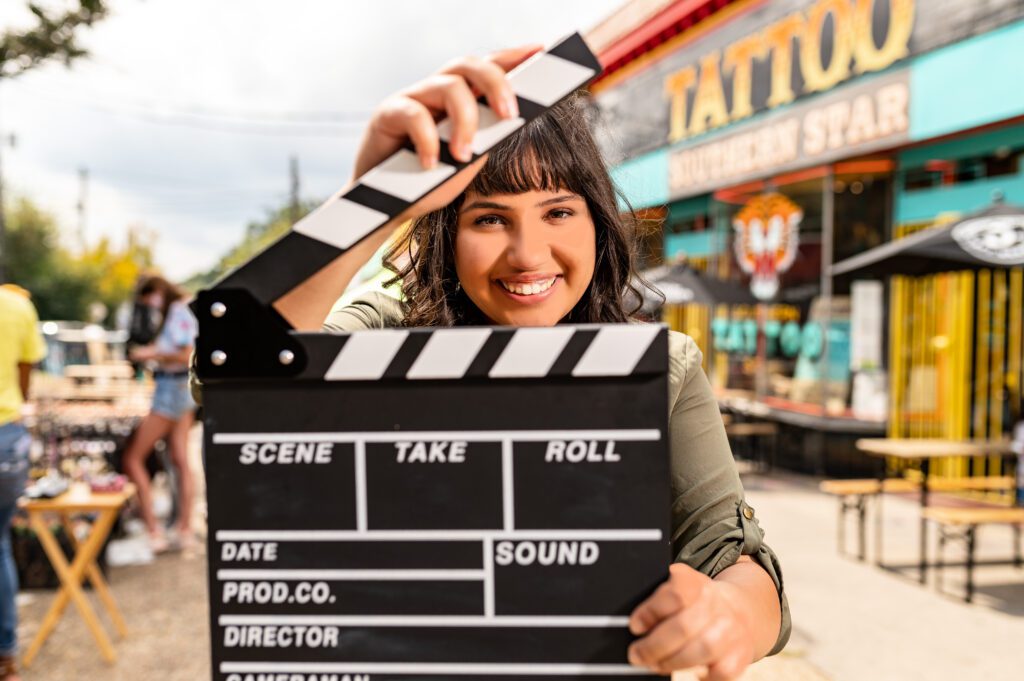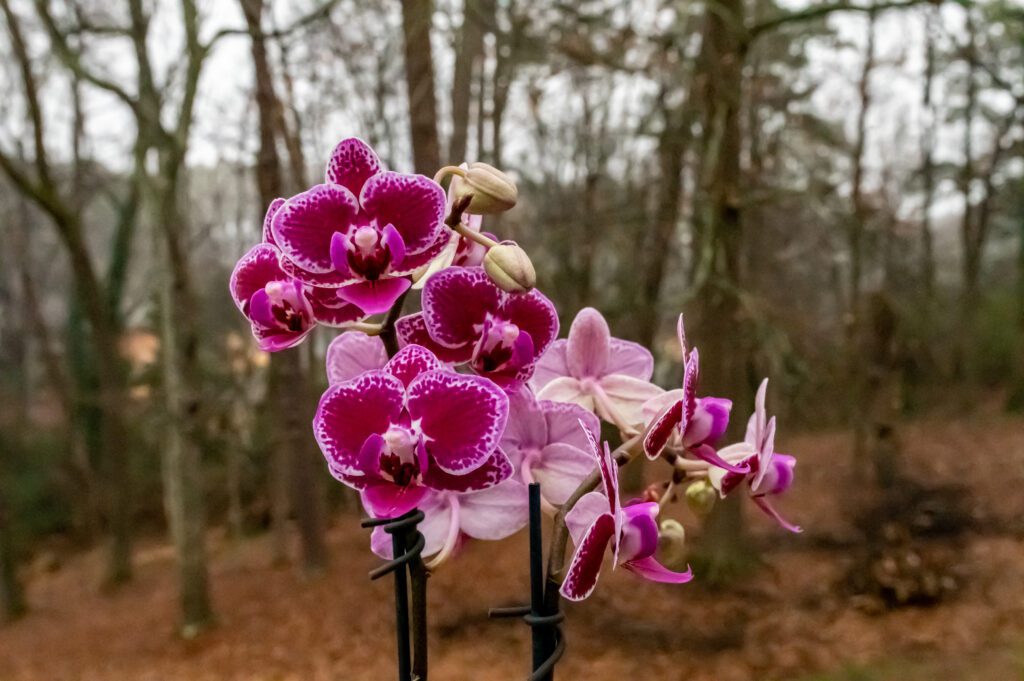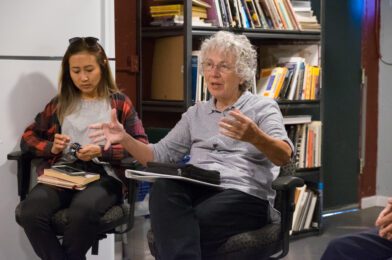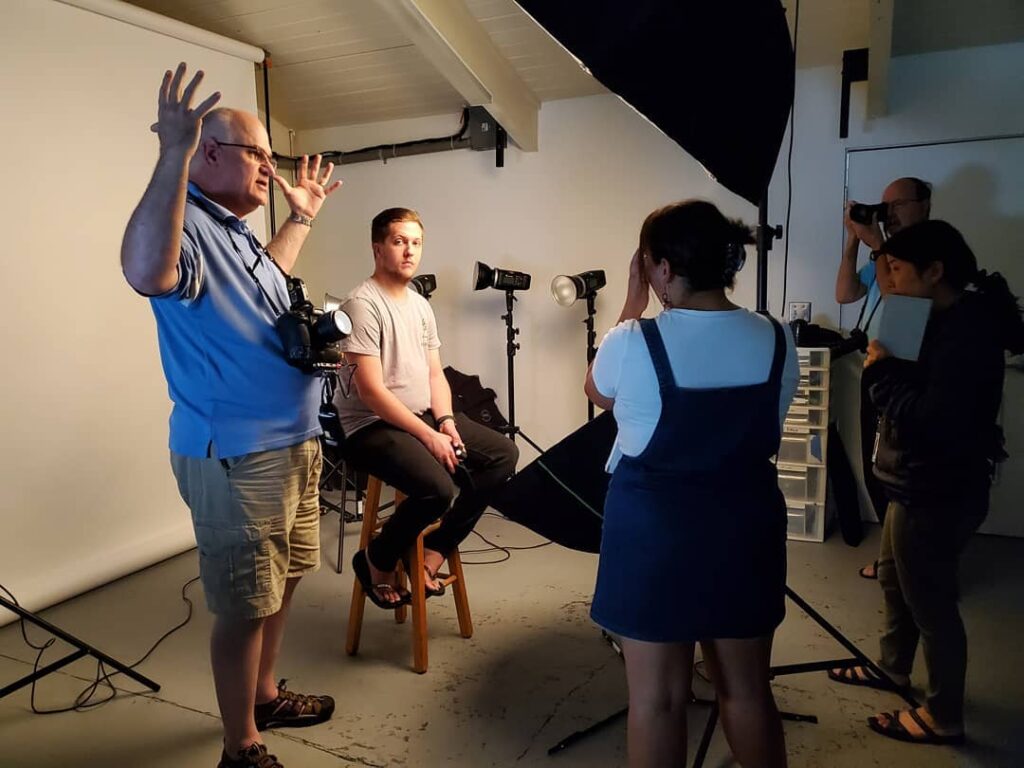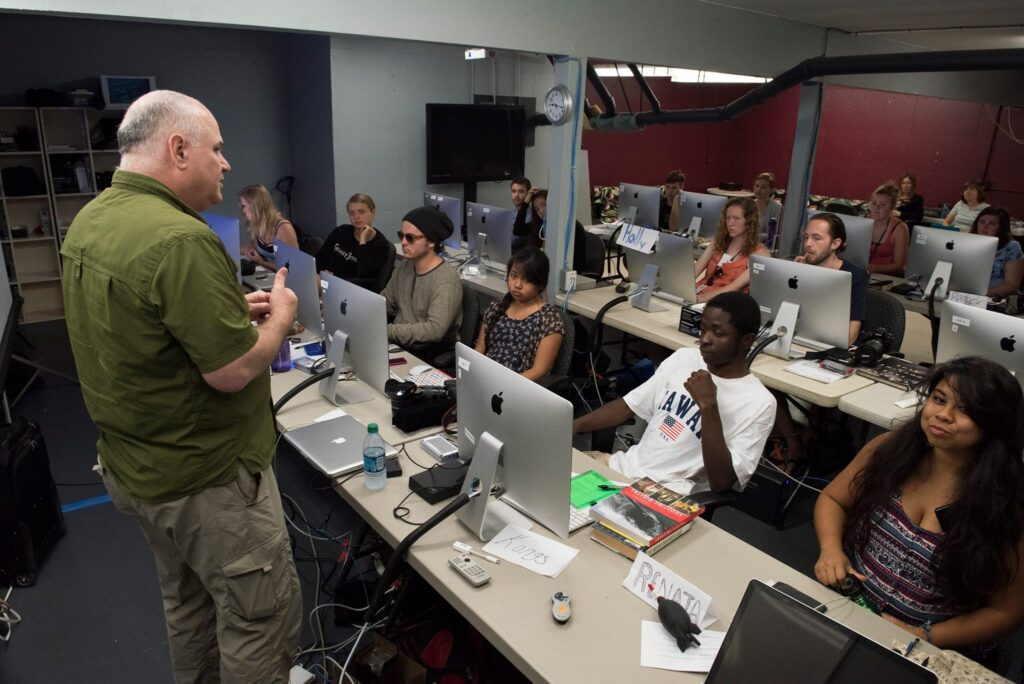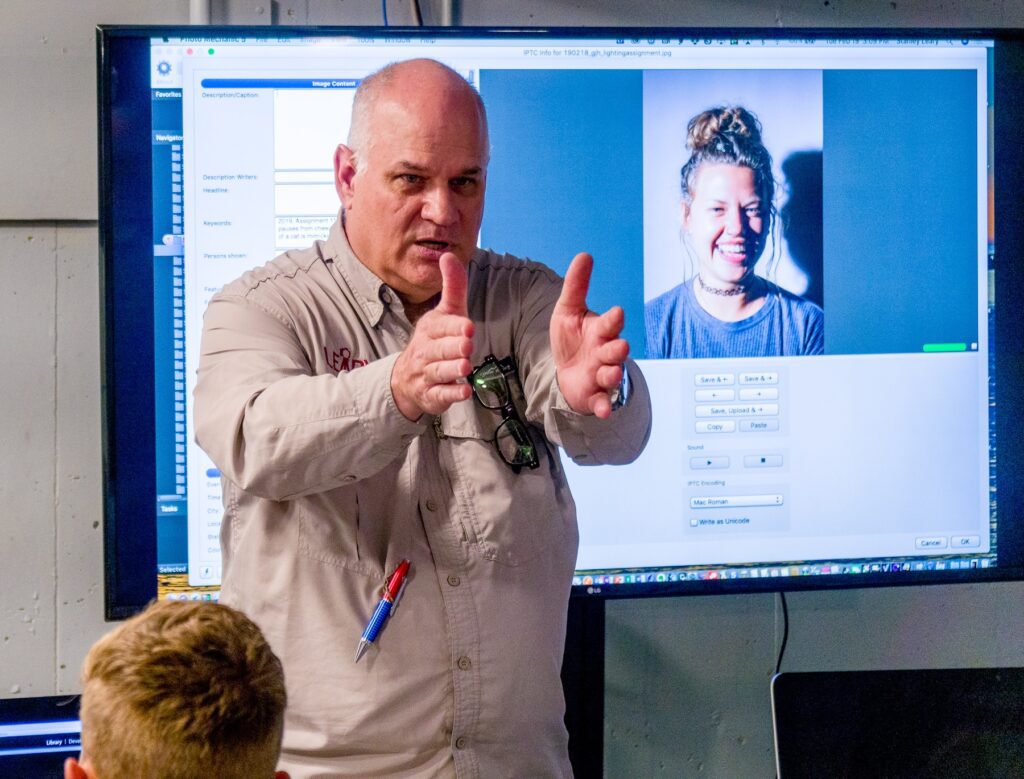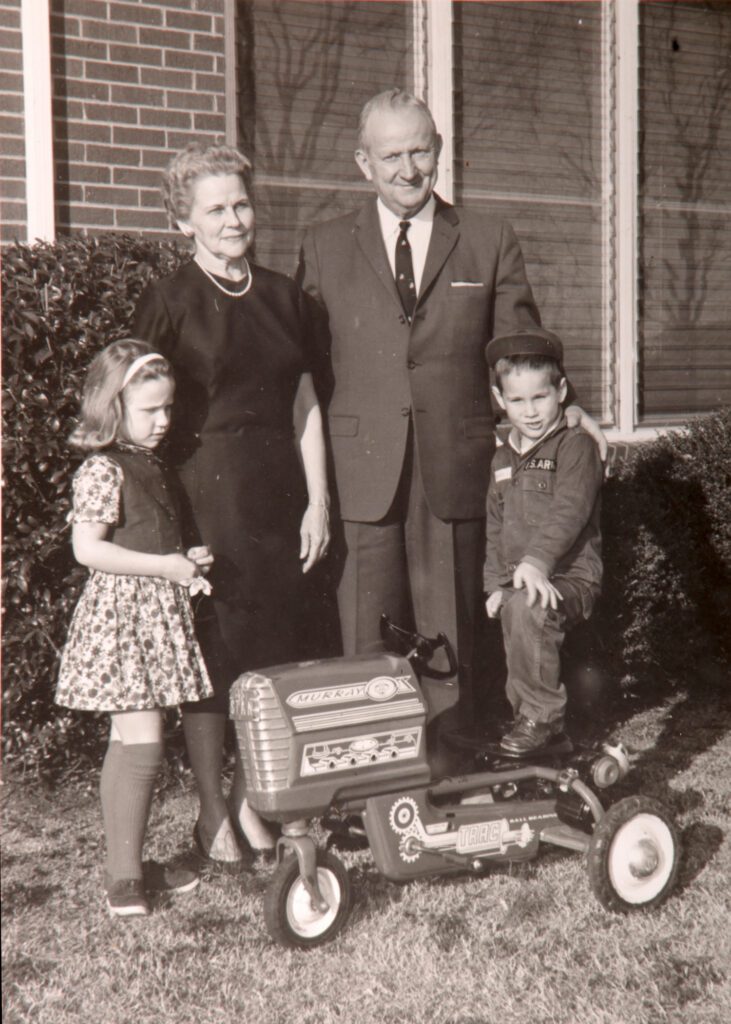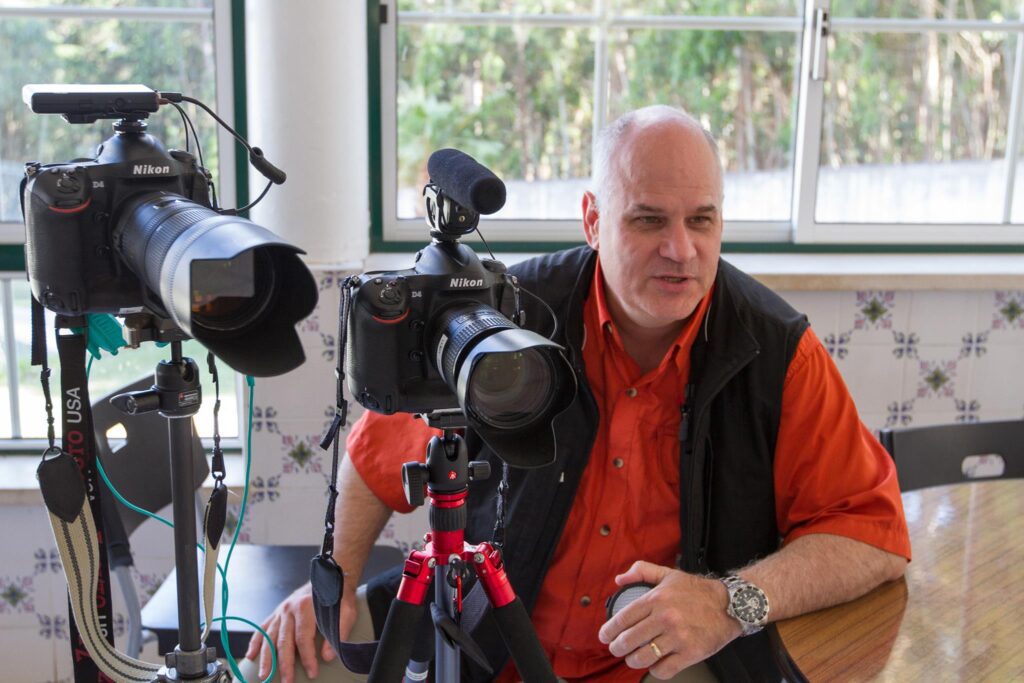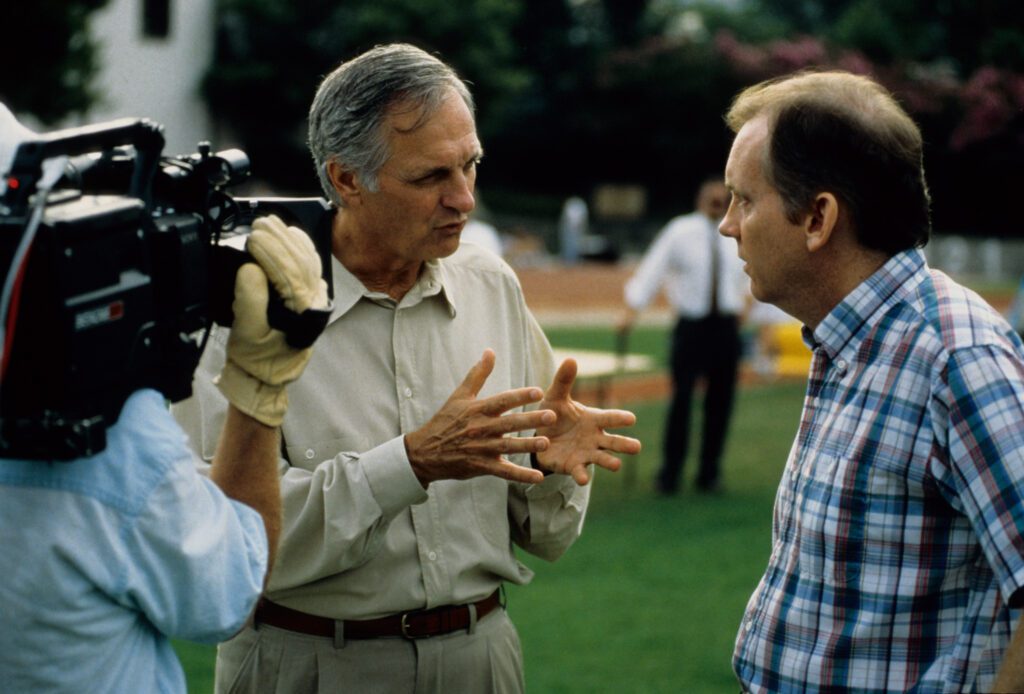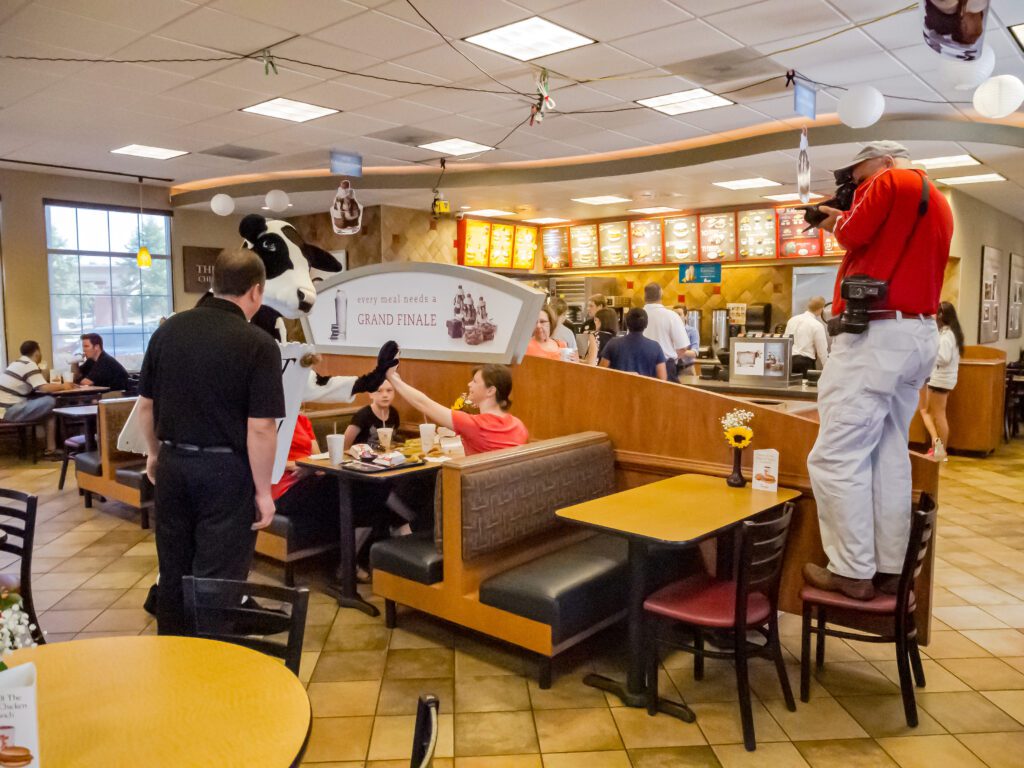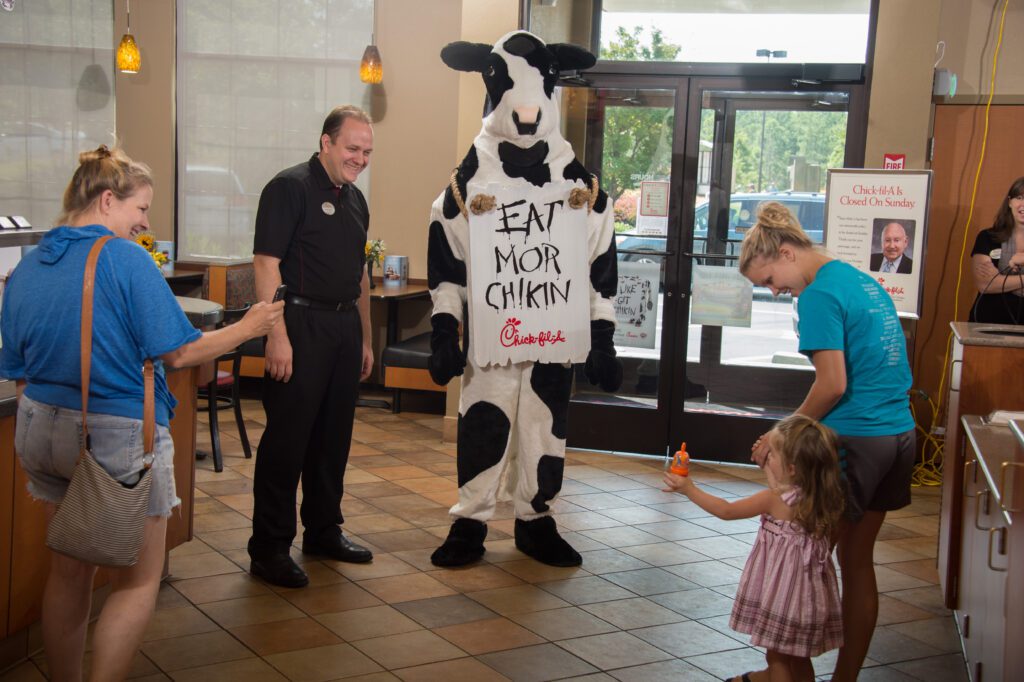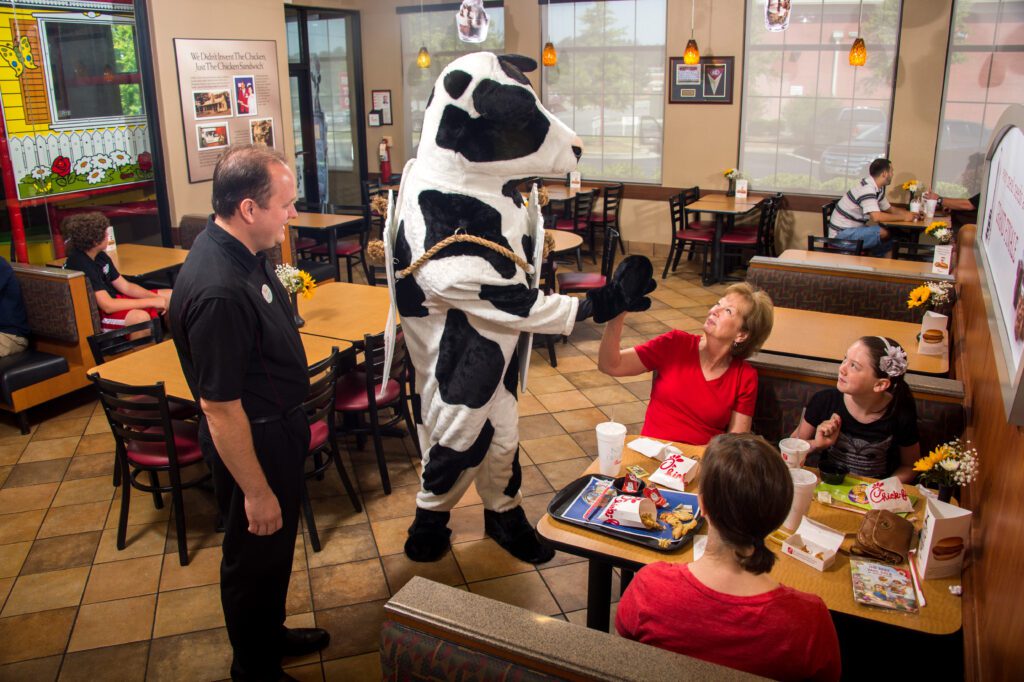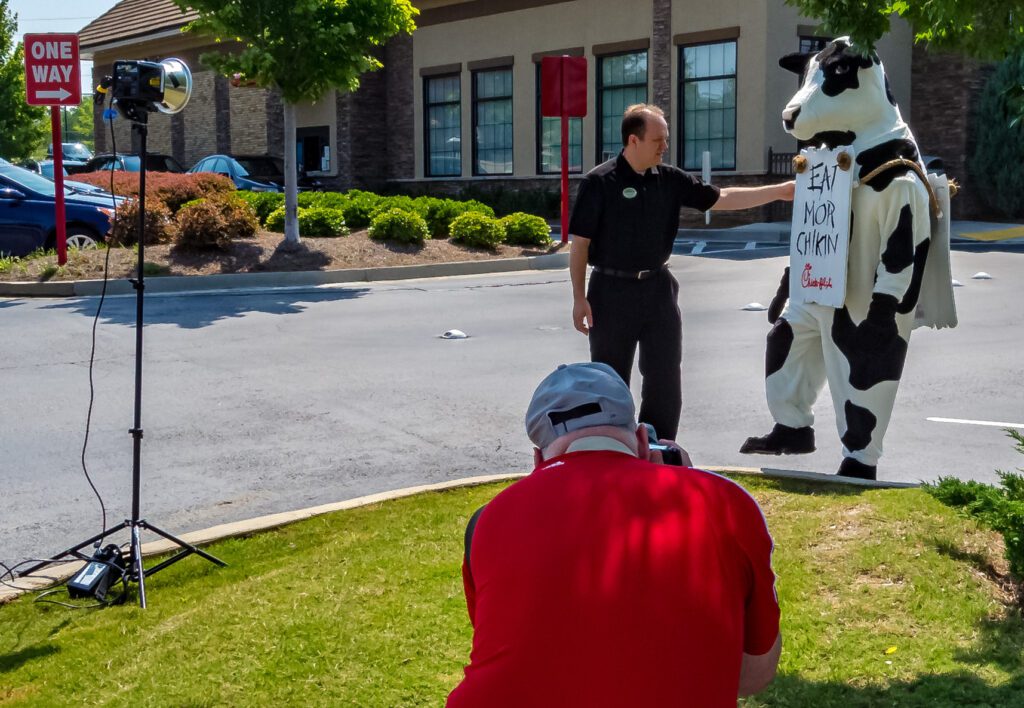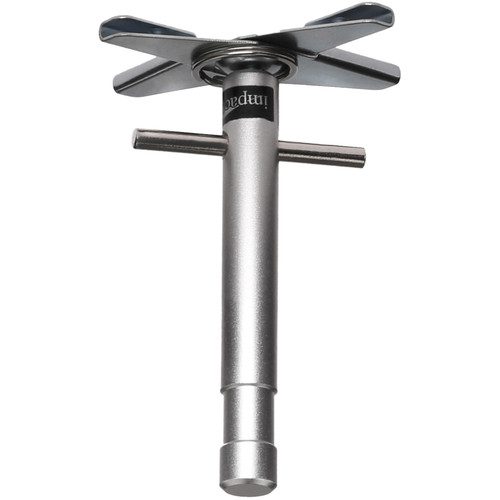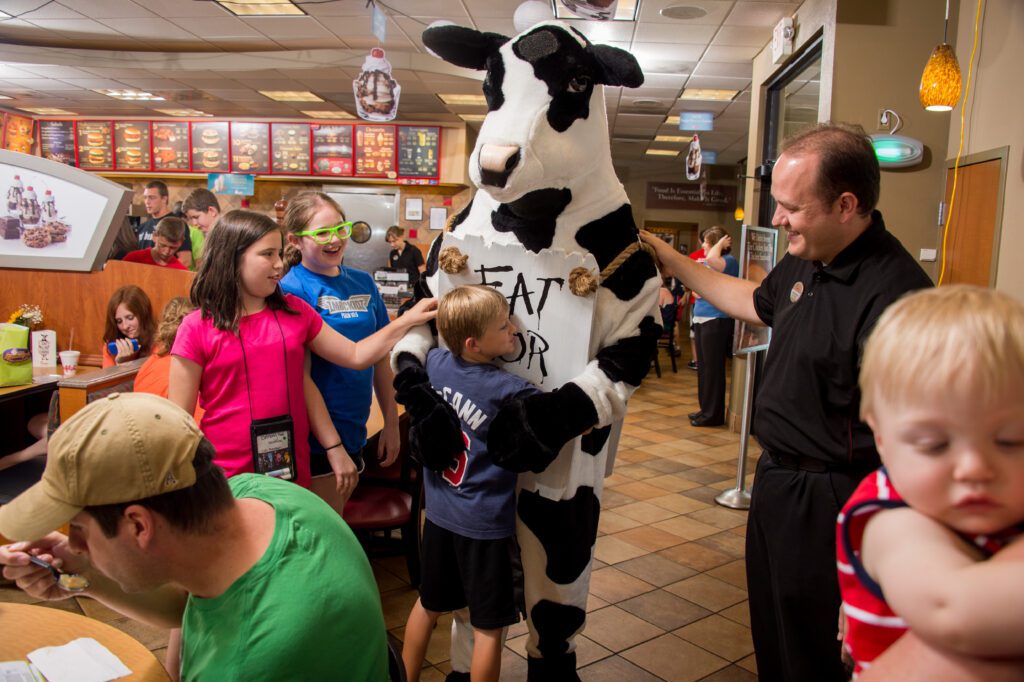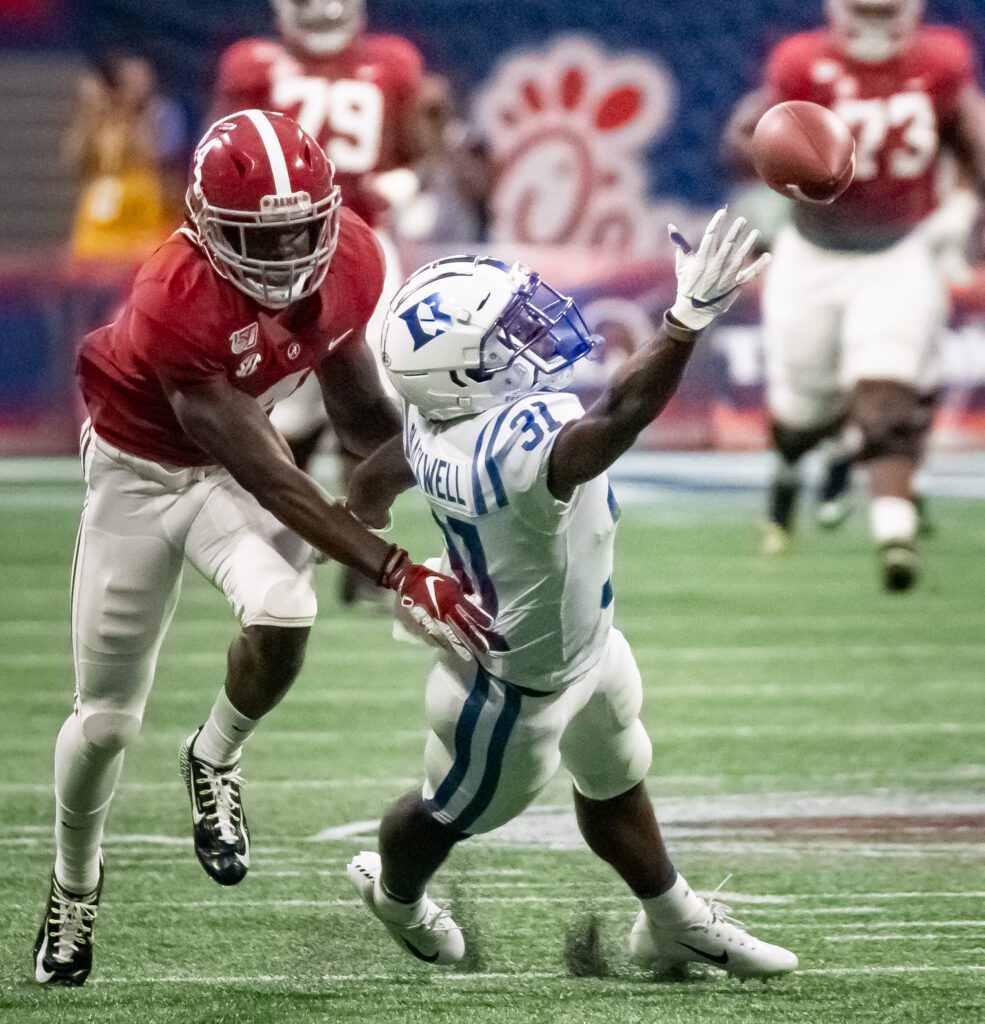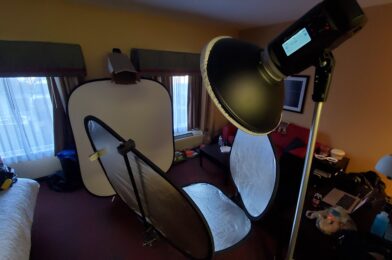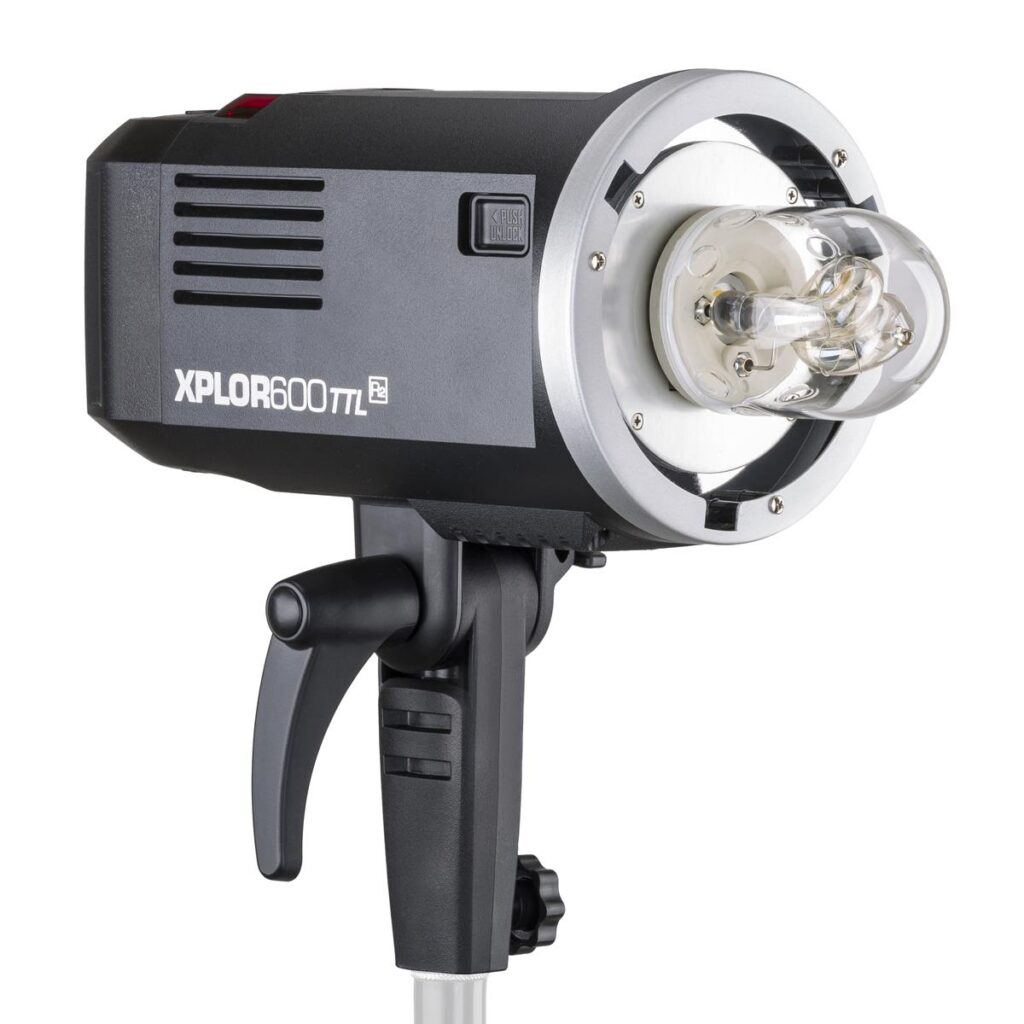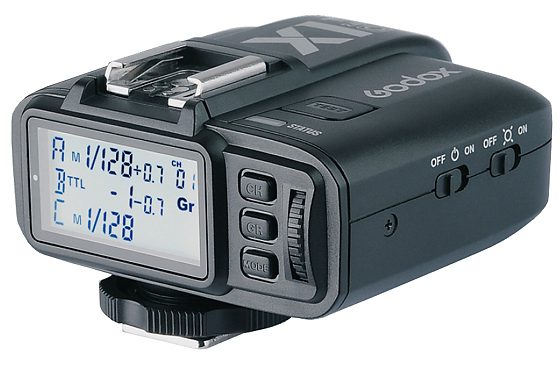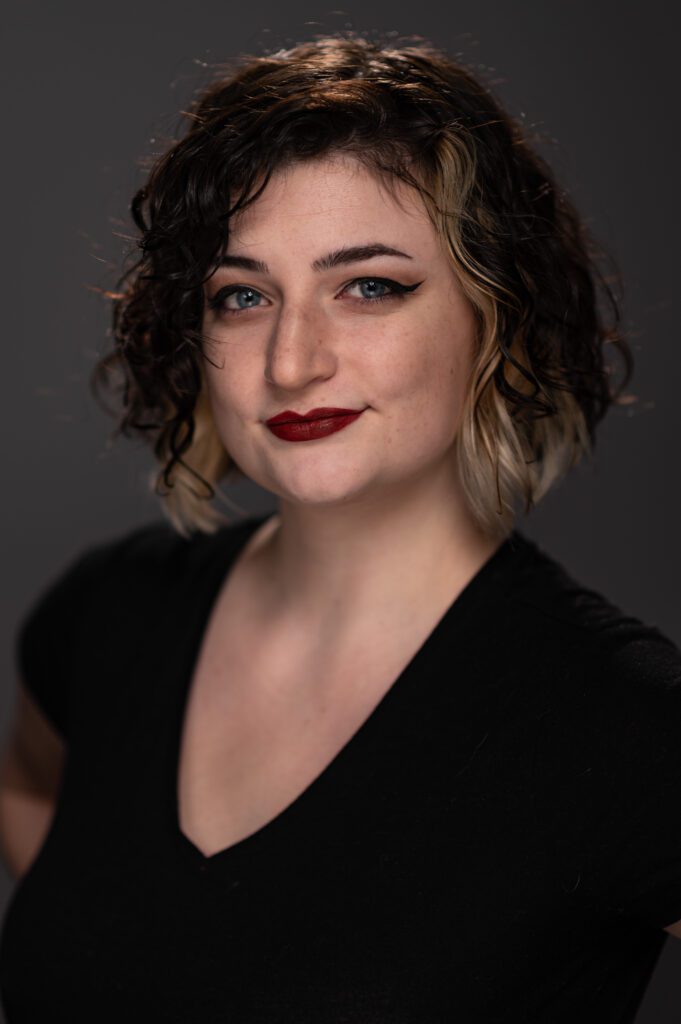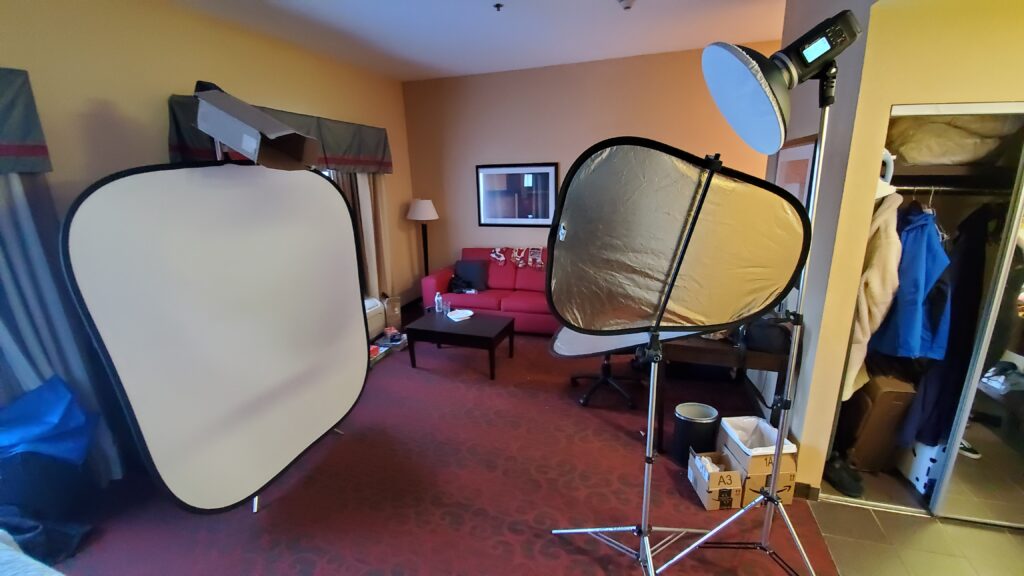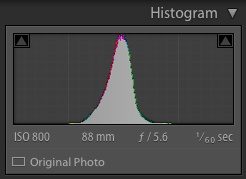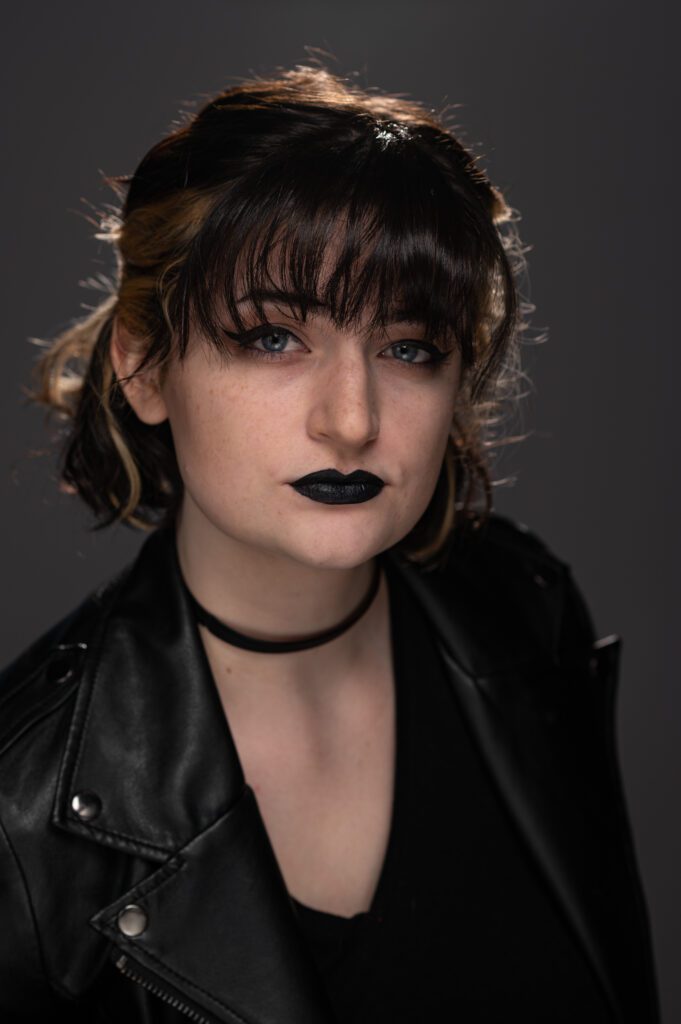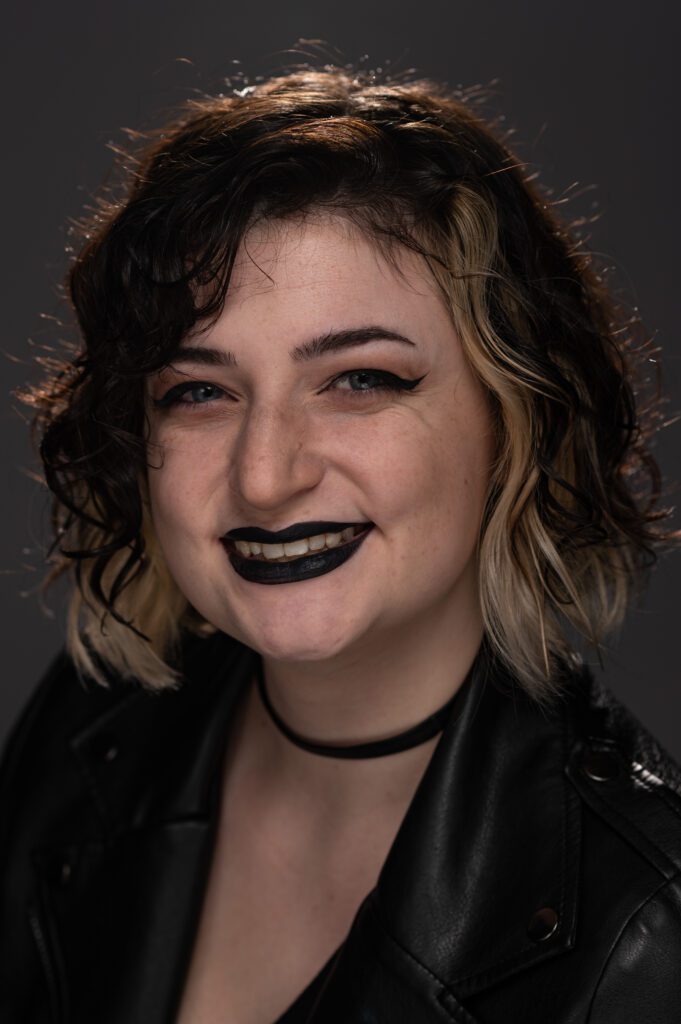That quote is from James Allen, a British philosophical writer known for his inspirational books and poetry and as a pioneer of the self-help movement. His best-known work, ‘As a Man Thinketh,’ has been mass-produced since its publication in 1903.
The COVID-19 Pandemic is something none of us had a way of preventing over a year ago. It happened so fast, and many would die.
My response was to help out restaurants and businesses where I live in Roswell, Georgia. One year ago today, I made this video to help Bob White and his family, who own Slope’s BBQ, communicate how they were responding to the pandemic and stay open, but for takeout only.
Over those first few months, I showed what I could do to help businesses. If I did a few of these, I thought someone would finally ask me to do one for their business.
I even returned to those restaurants to get testimonials on how those videos helped their businesses.
Nothing was working to get work.
“A man has to learn that he cannot command things, but that he can command himself; that he cannot coerce the wills of others, but that he can mold and master his own will: and things serve him who serves Truth; people seek guidance of him who is master of himself.”
~ James Allen
This year has taken its toll on so many of my friends.
“I lost my studio. My savings are gone. I’ve filled in the gaps by selling gear. People I love have succumbed to this virus.”
~ Anonymous
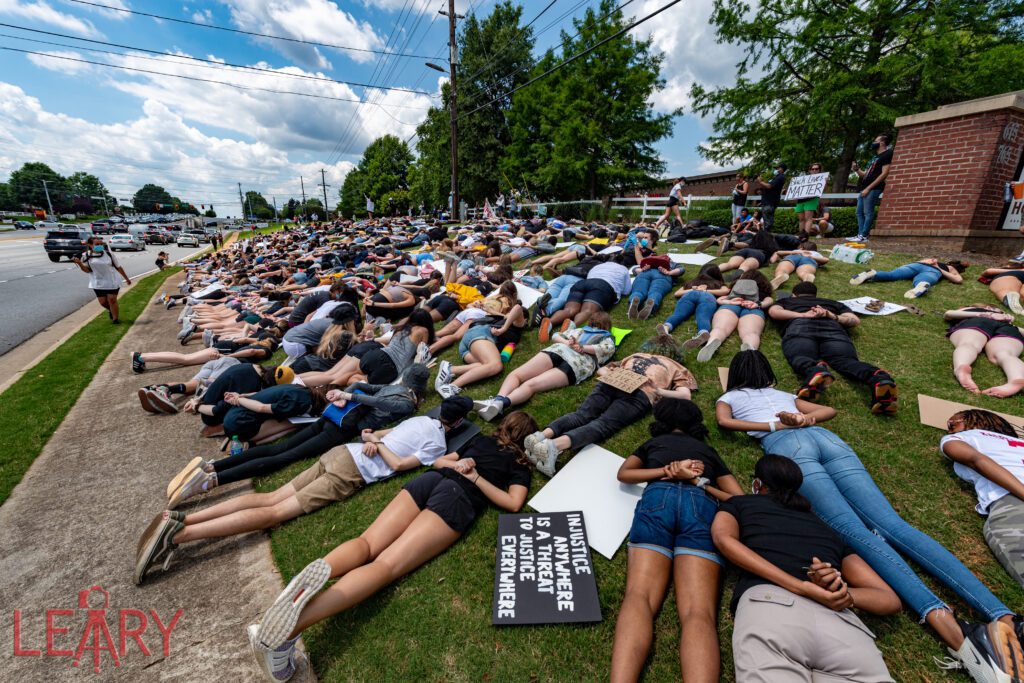
This has been a tough time when some of the suffering has been not by a virus but by people killing others.
The Colorado attack on Monday, March 22, is the 7th mass shooting in 7 days in the US.
“Our life is what our thoughts make it. A man will find that as he alters his thoughts toward things and other people, things and other people will alter towards him.”
~ James Allen
I continue to find solace in the Serenity Prayer through the years when circumstances beyond my control wreak havoc in my life. Reinhold Niebuhr’s prayer originally asked for courage first, specifically for changing things that must be changed, not something that simply can be changed.
“Father, give us the courage to change what must be altered, serenity to accept what cannot be helped, and the insight to know the one from the other.”
~ Reinhold Niebuhr
Don’t be Depressed or Anxious
“If you are depressed you are living in the past. If you are anxious you are living in the future. If you are at peace you are living in the present.”
~ Lao Tzu
My friend Judy Bowen is a missionary in Togo, West Africa. She draws a lot of her strength from seeing God work through nature.
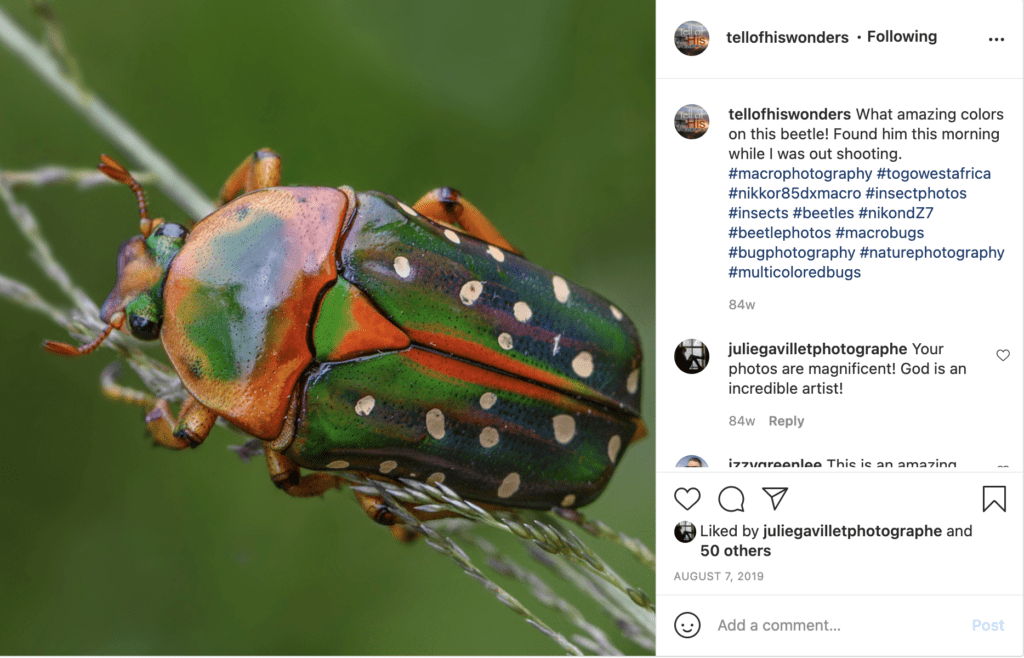
What I have to offer today is this Bible Verse:
26 Look at the birds of the air, for they do not sow, nor do they reap, nor gather into barns. Yet your heavenly Father feeds them. Are you not much better than they? 27 Who among you by taking thought can add a cubit[a] to his stature?
Matthew 6:26-34
28 “Why take thought about clothing? Consider the lilies of the field, how they grow: They neither work, nor do they spin. 29 Yet I say to you that even Solomon in all his glory was not dressed like one of these. 30 Therefore, if God so clothes the grass of the field, which today is here and tomorrow is thrown into the oven, will He not much more clothe you, O you of little faith? 31 Therefore, take no thought, saying, ‘What shall we eat?’ or ‘What shall we drink?’ or ‘What shall we wear?’ 32 (For the Gentiles seek after all these things.) For your heavenly Father knows that you have need of all these things. 33 But seek first the kingdom of God and His righteousness, and all these things shall be given to you. 34 Therefore, take no thought about tomorrow, for tomorrow will take thought about the things of itself. Sufficient to the day is the trouble thereof.”







